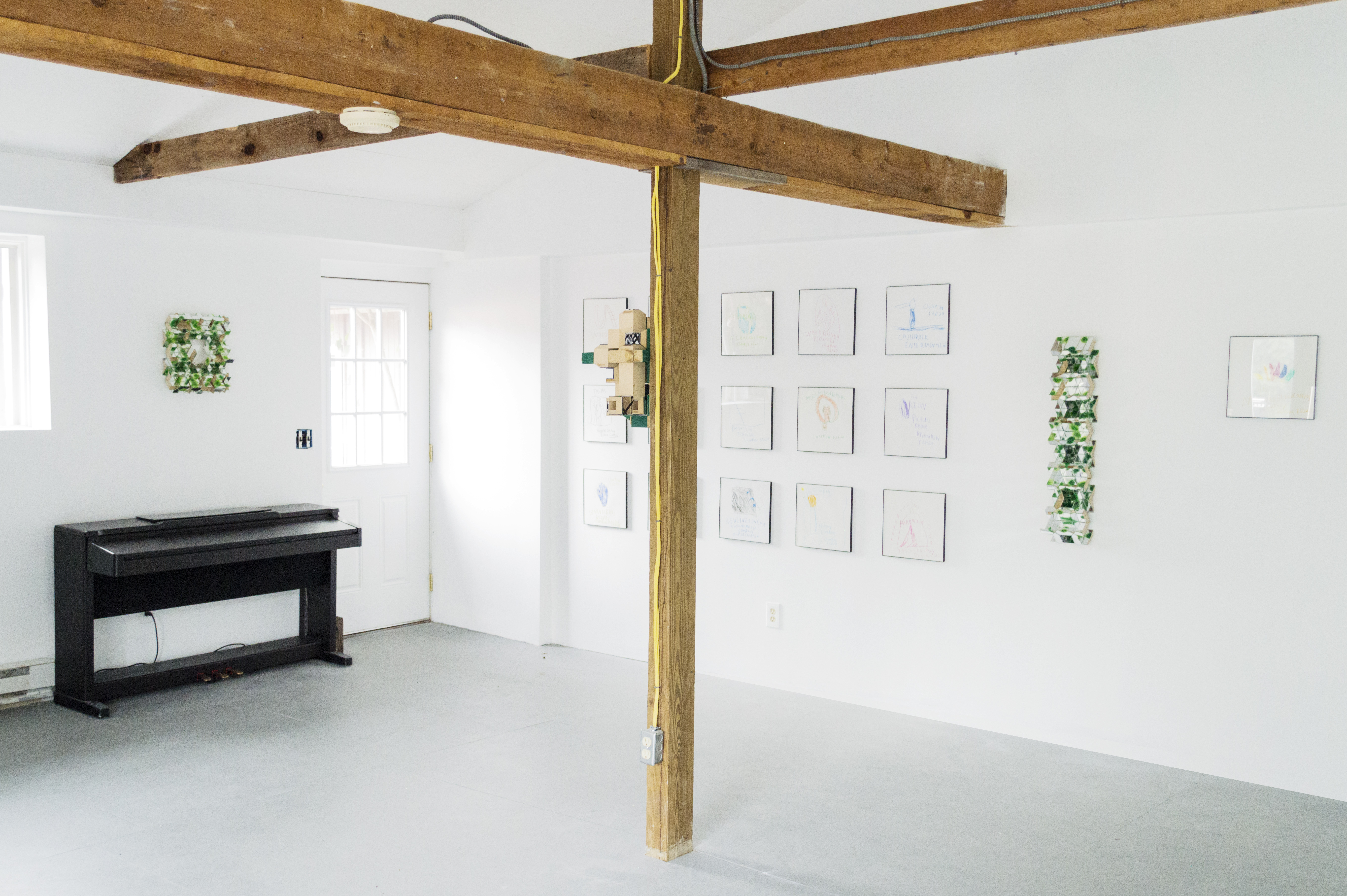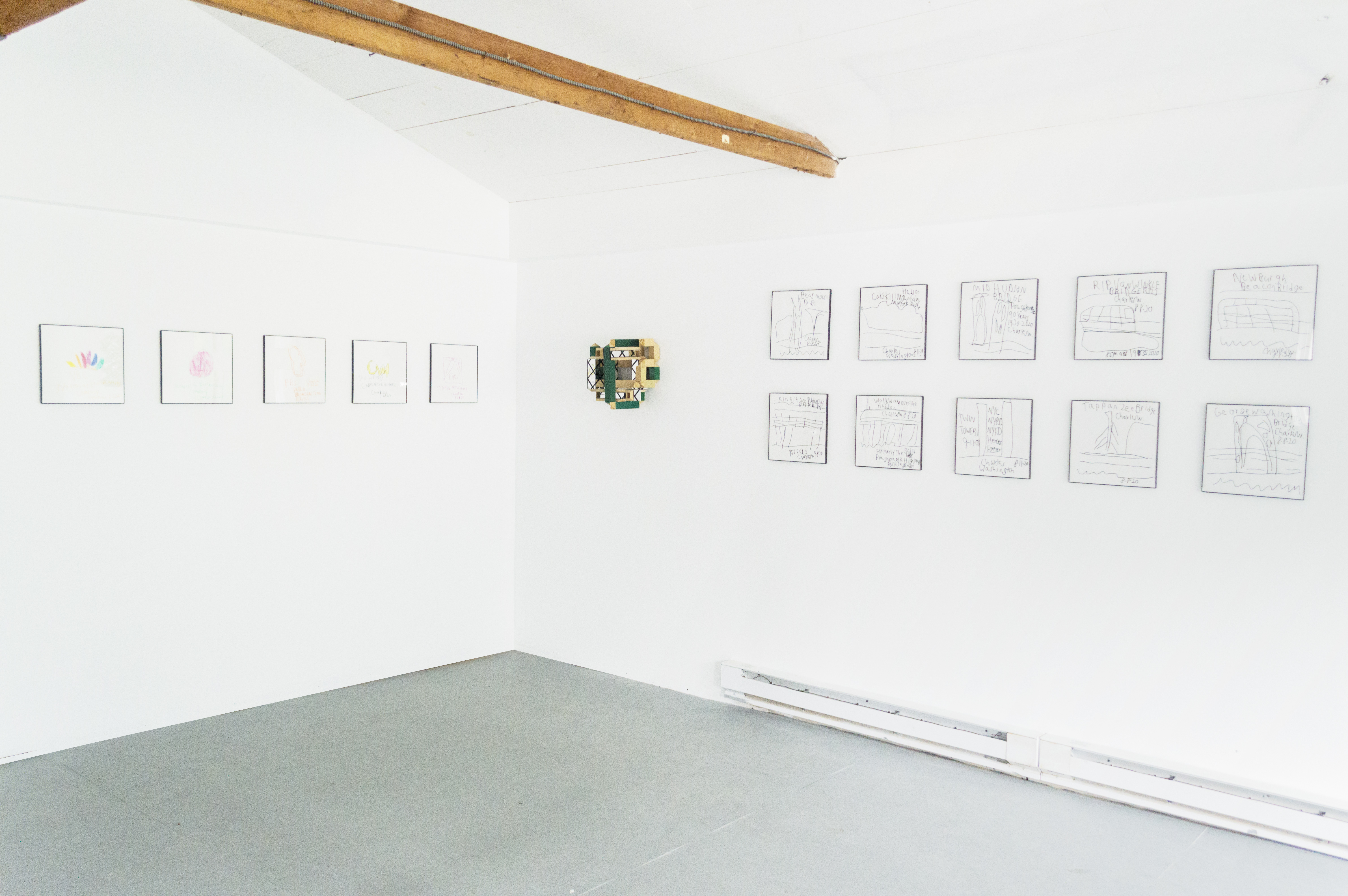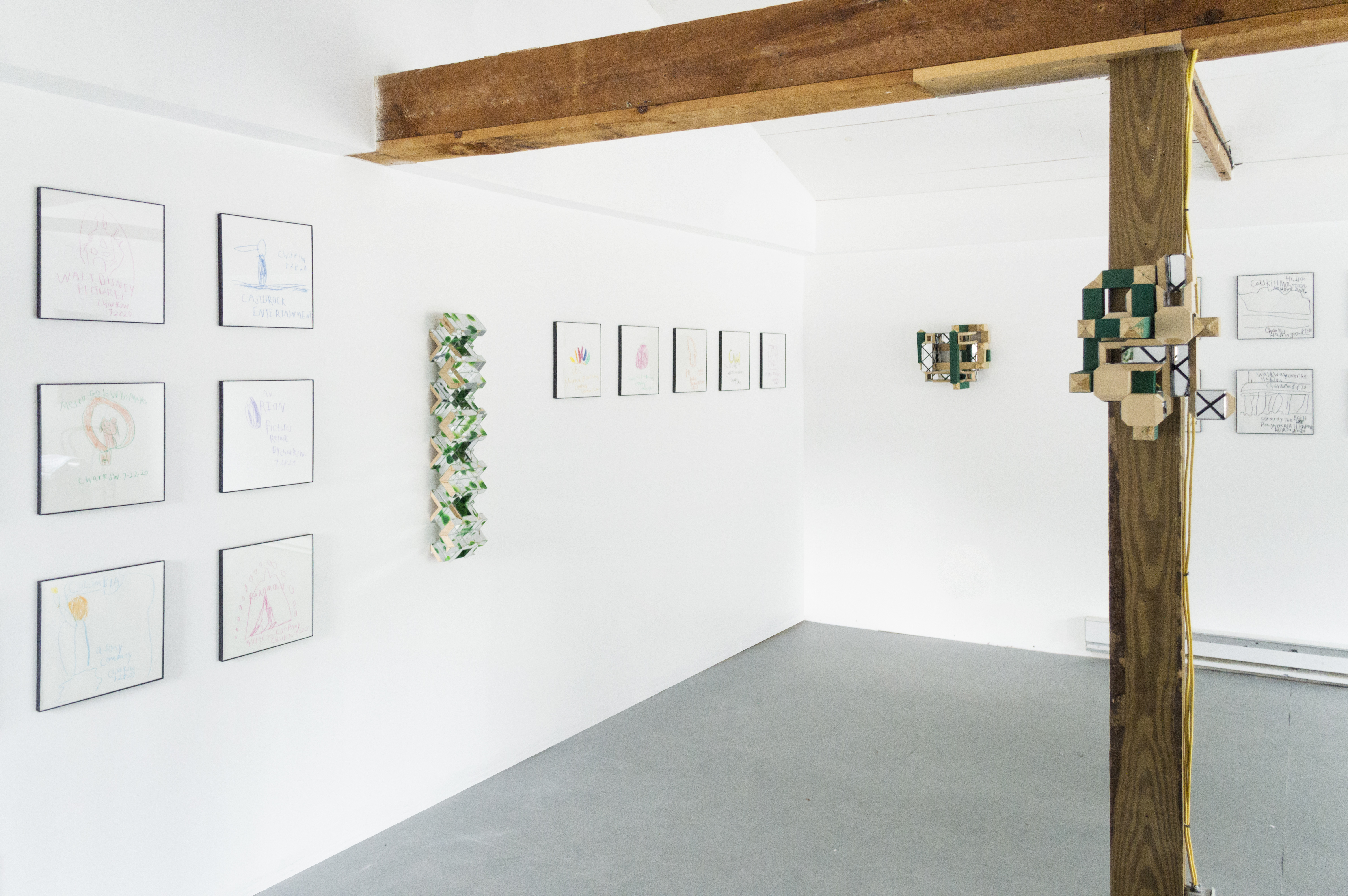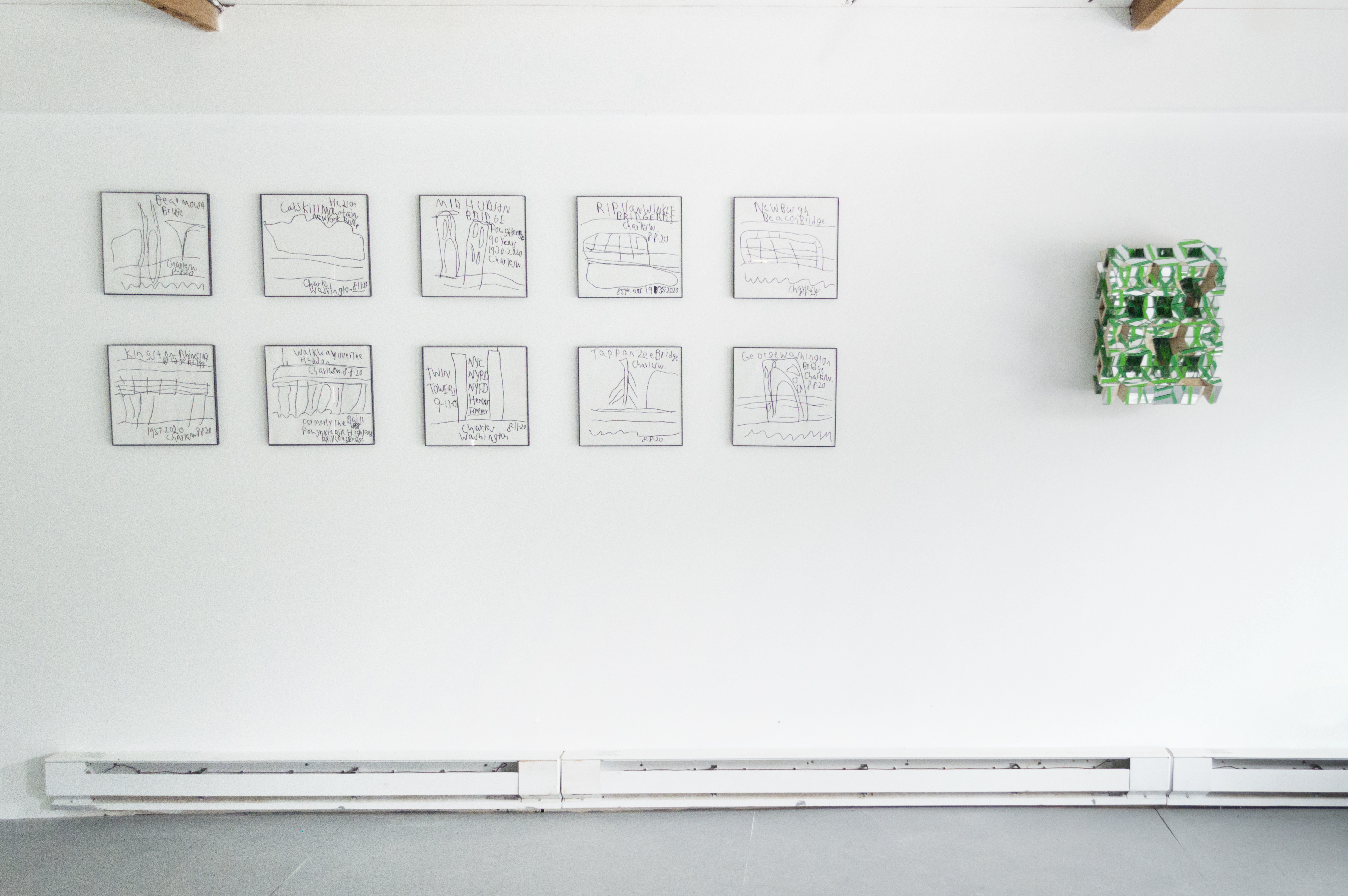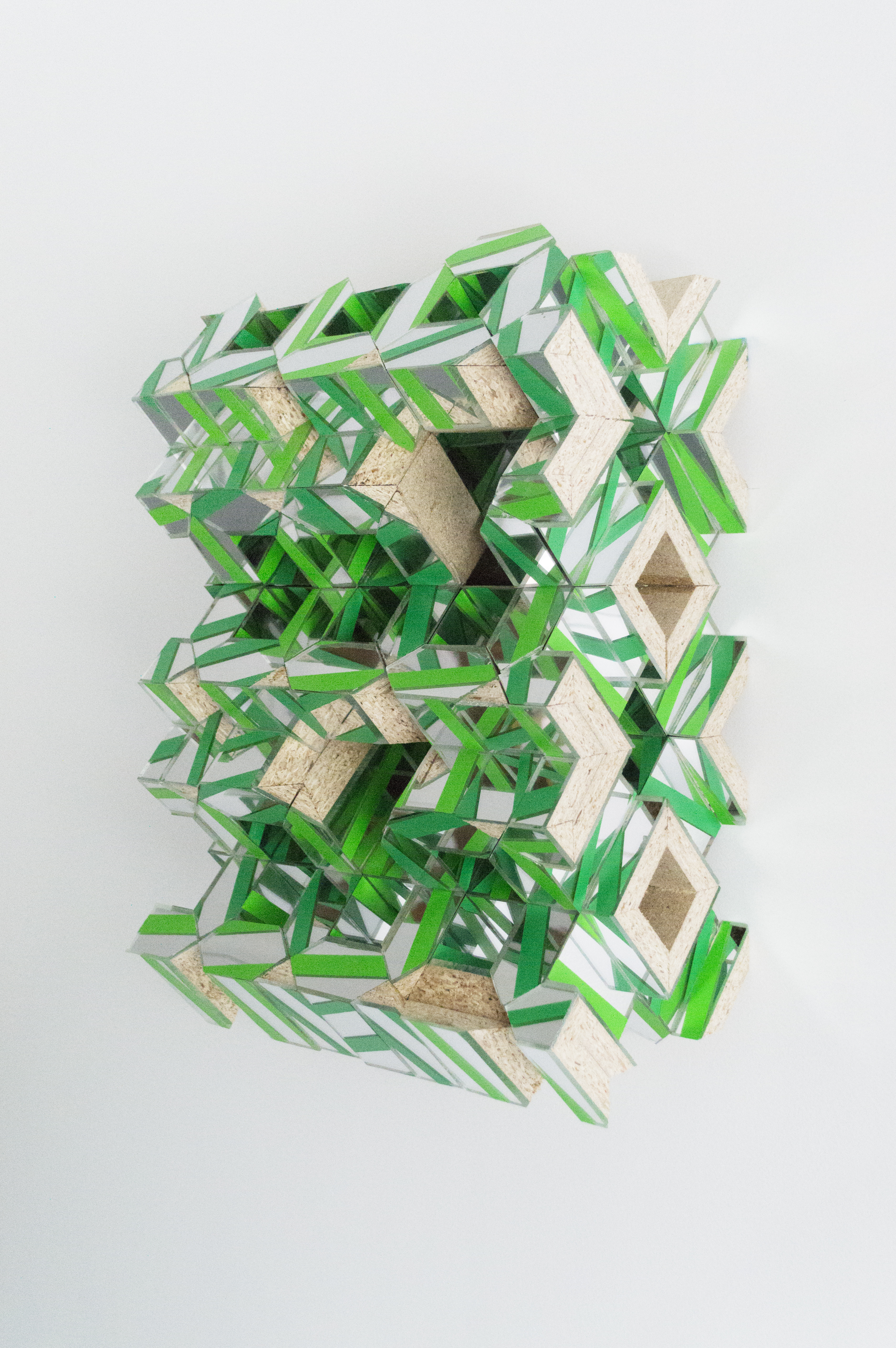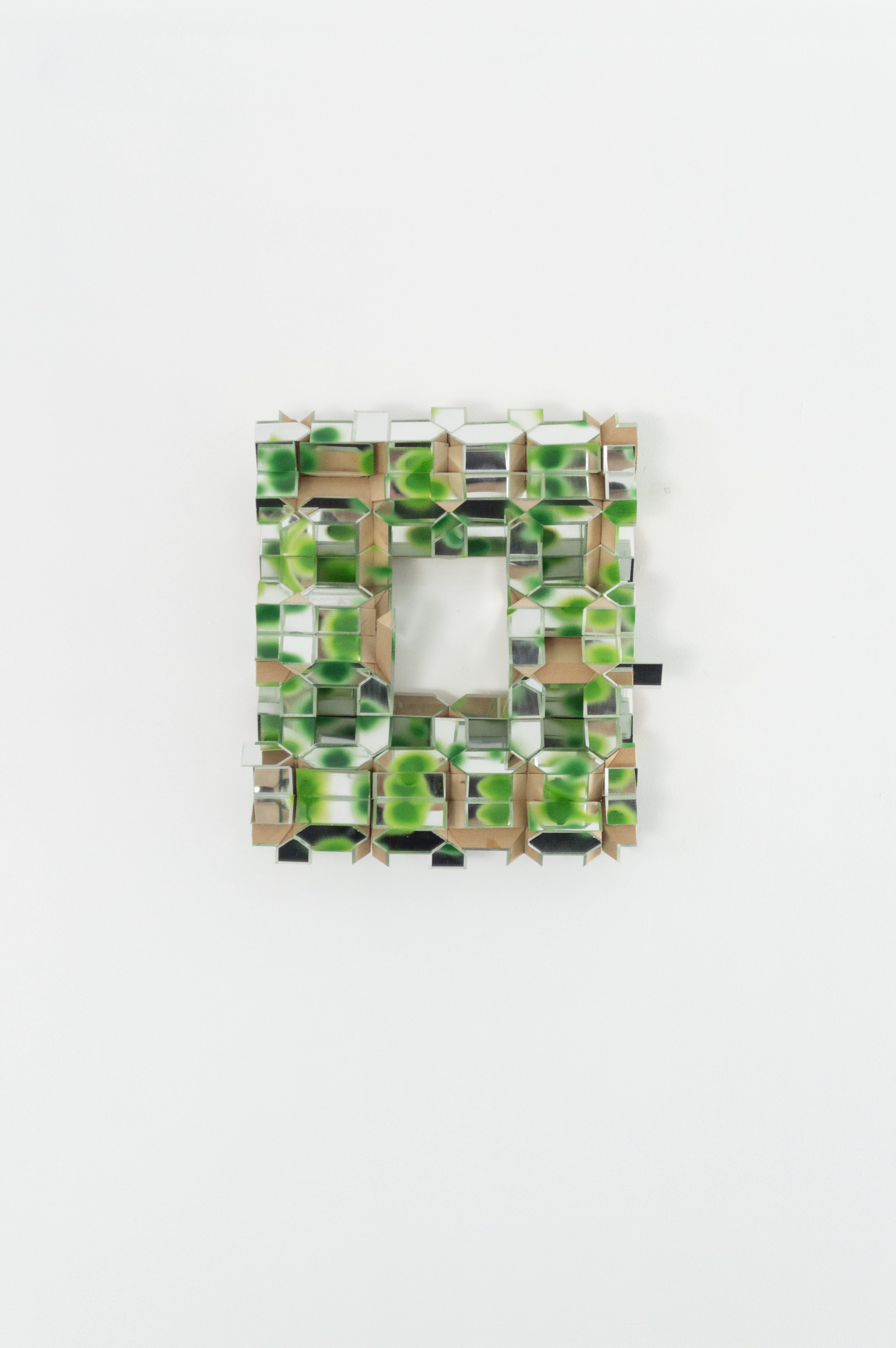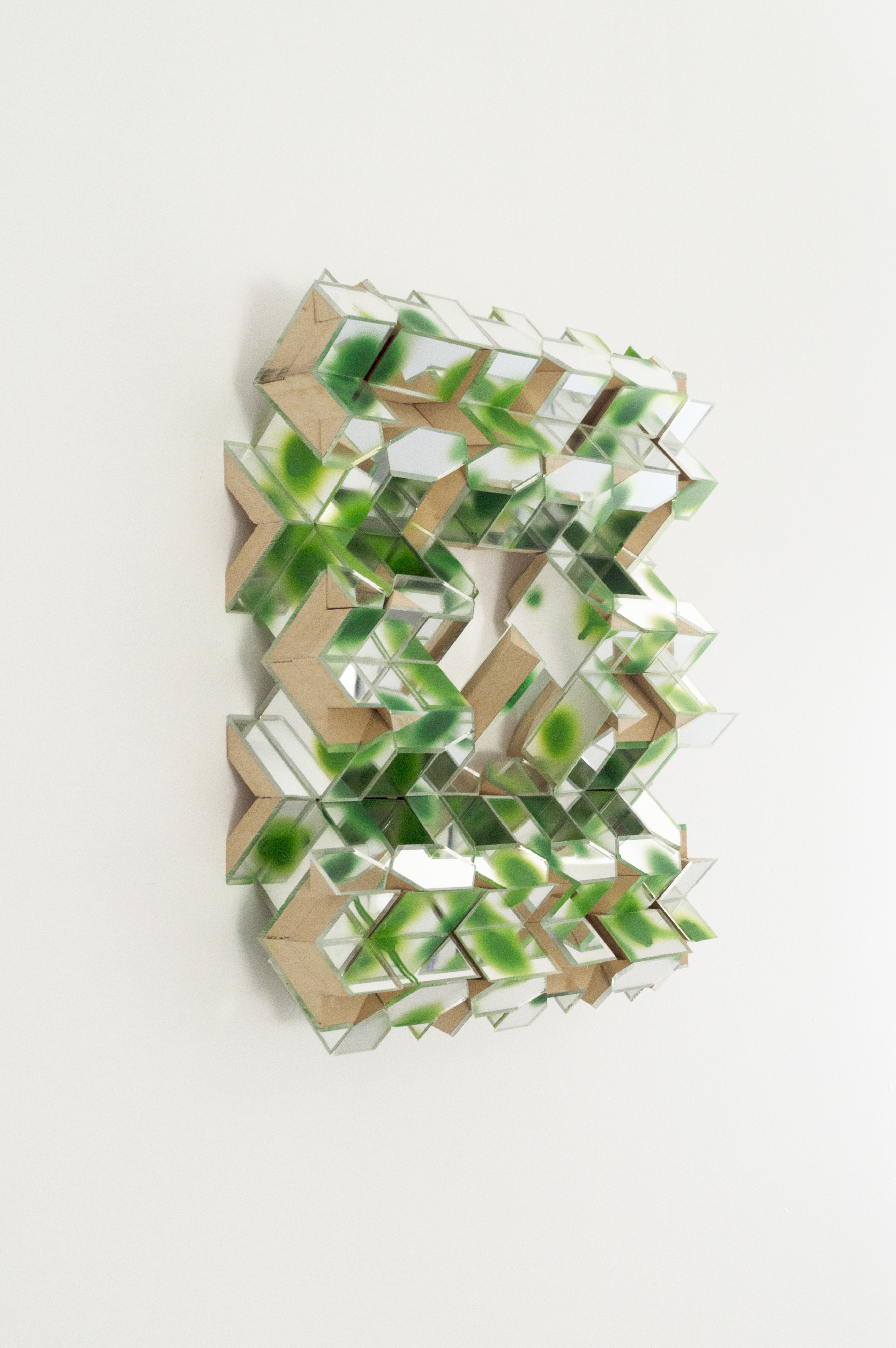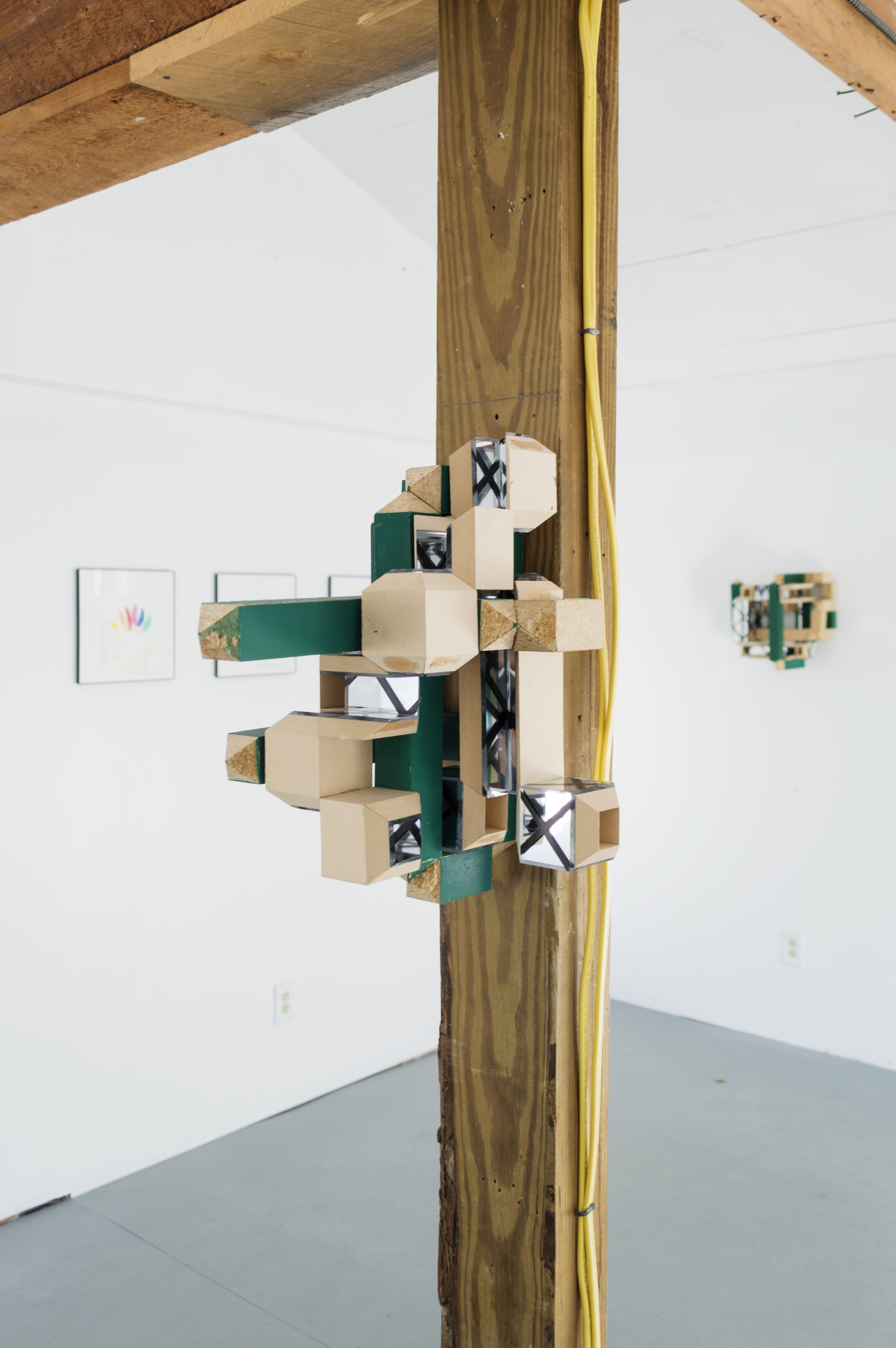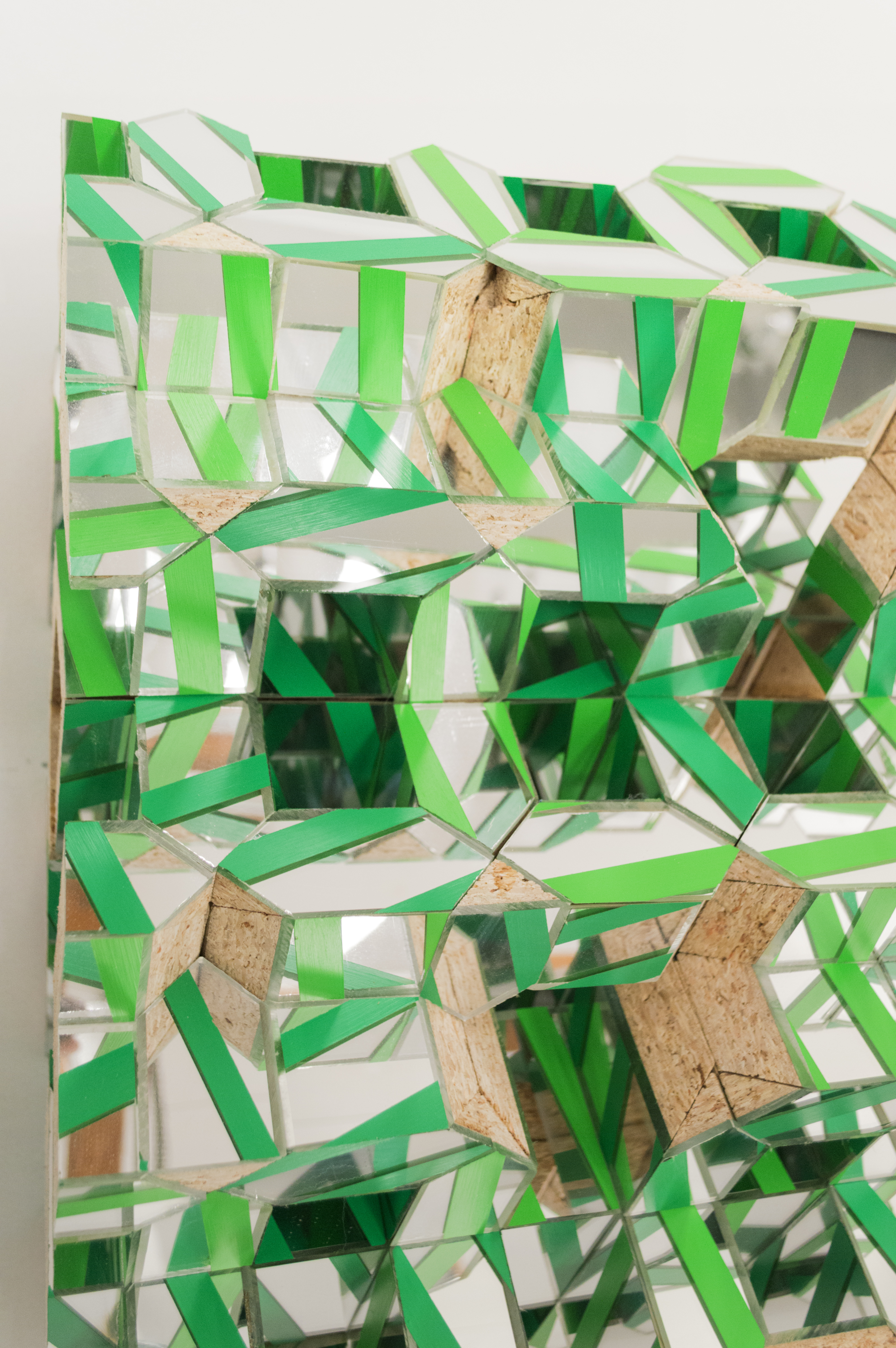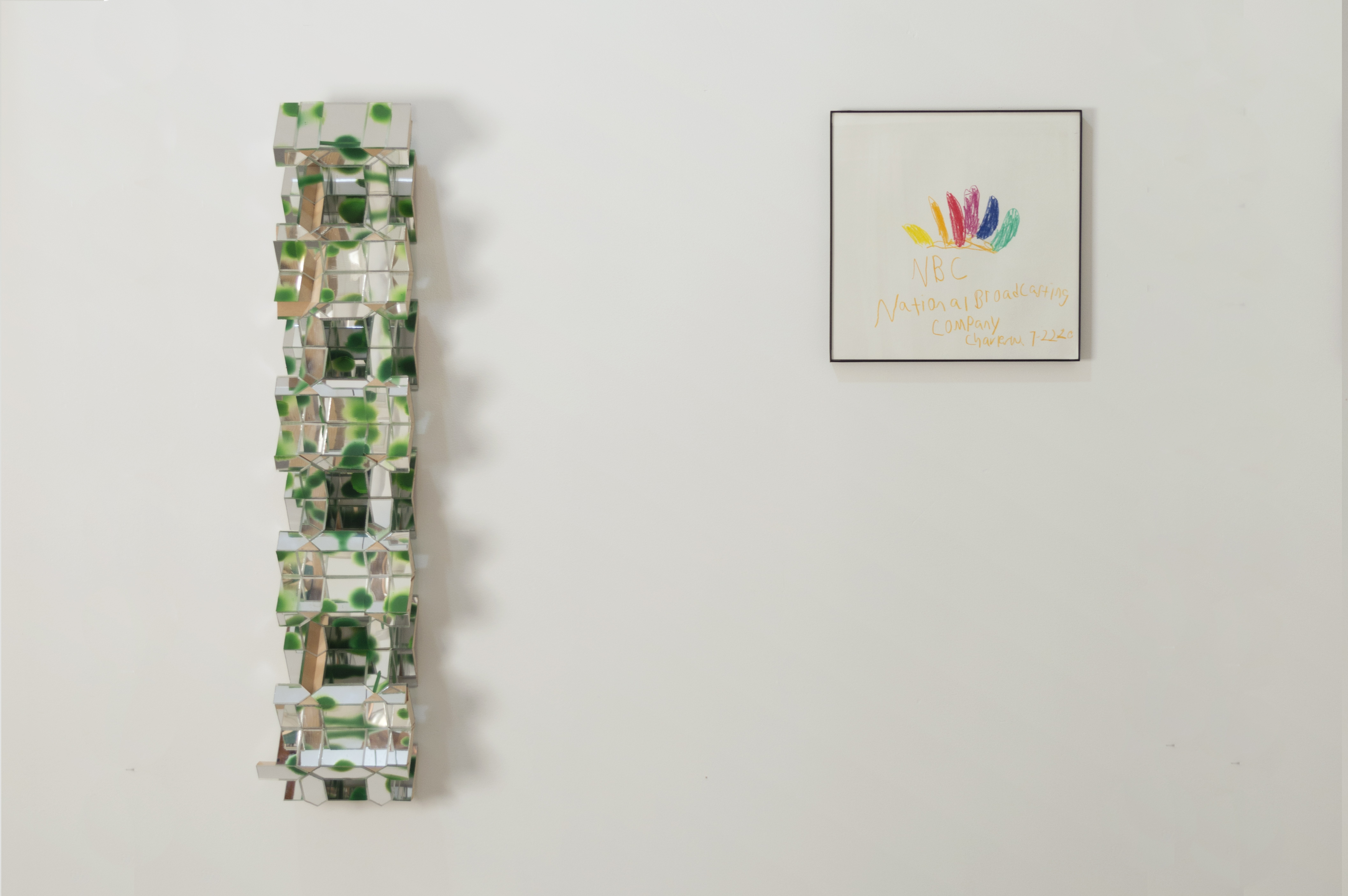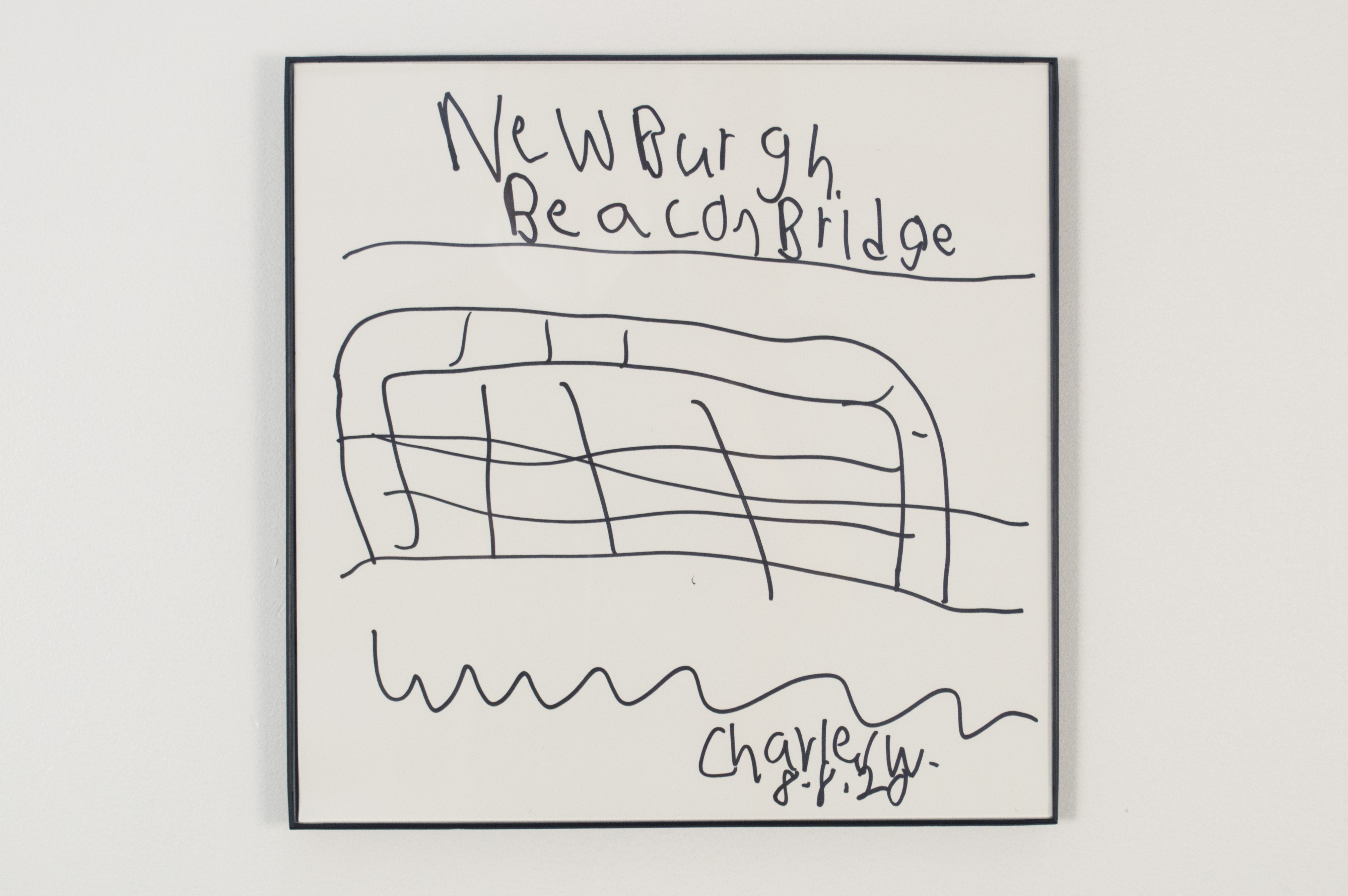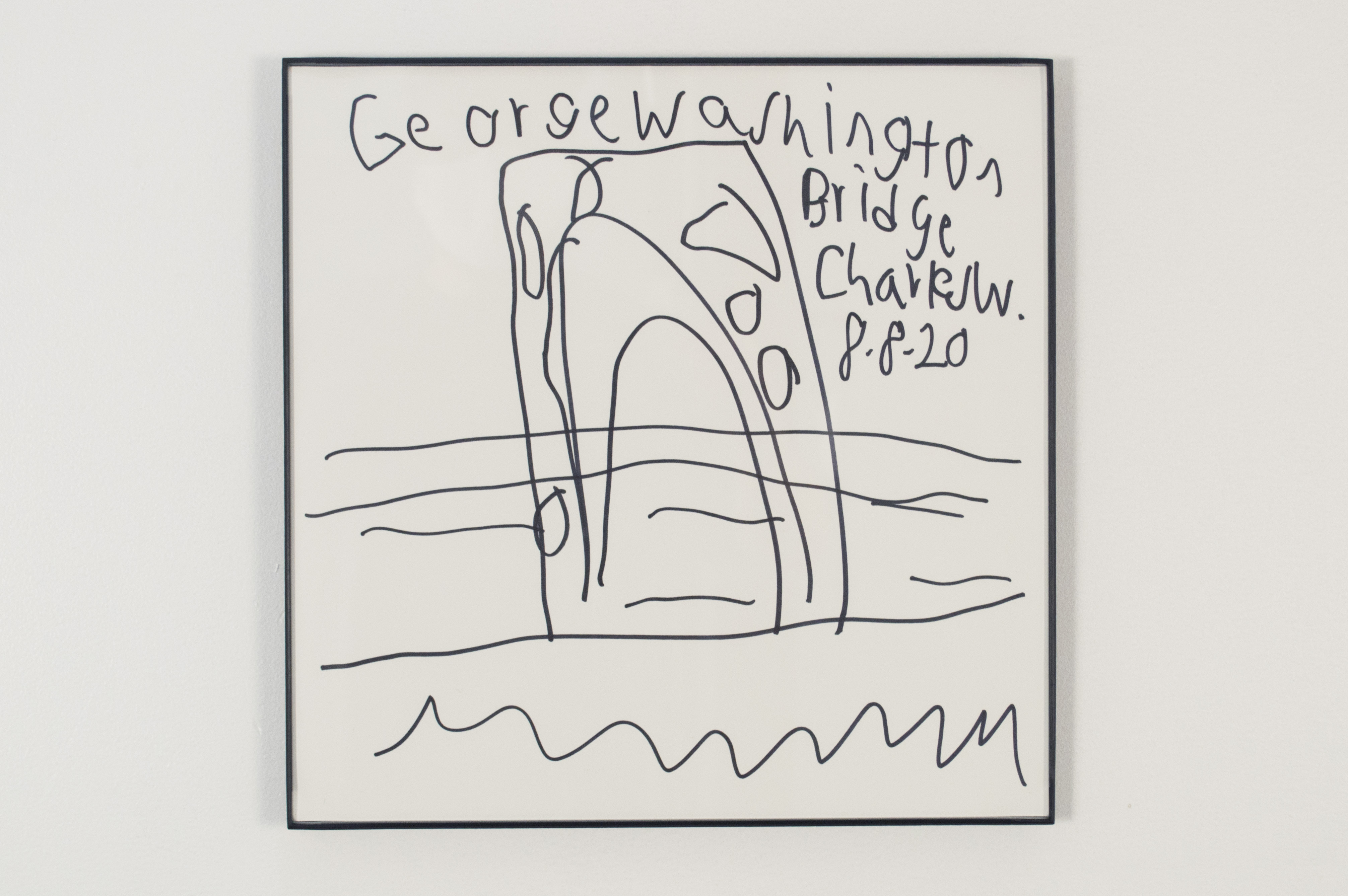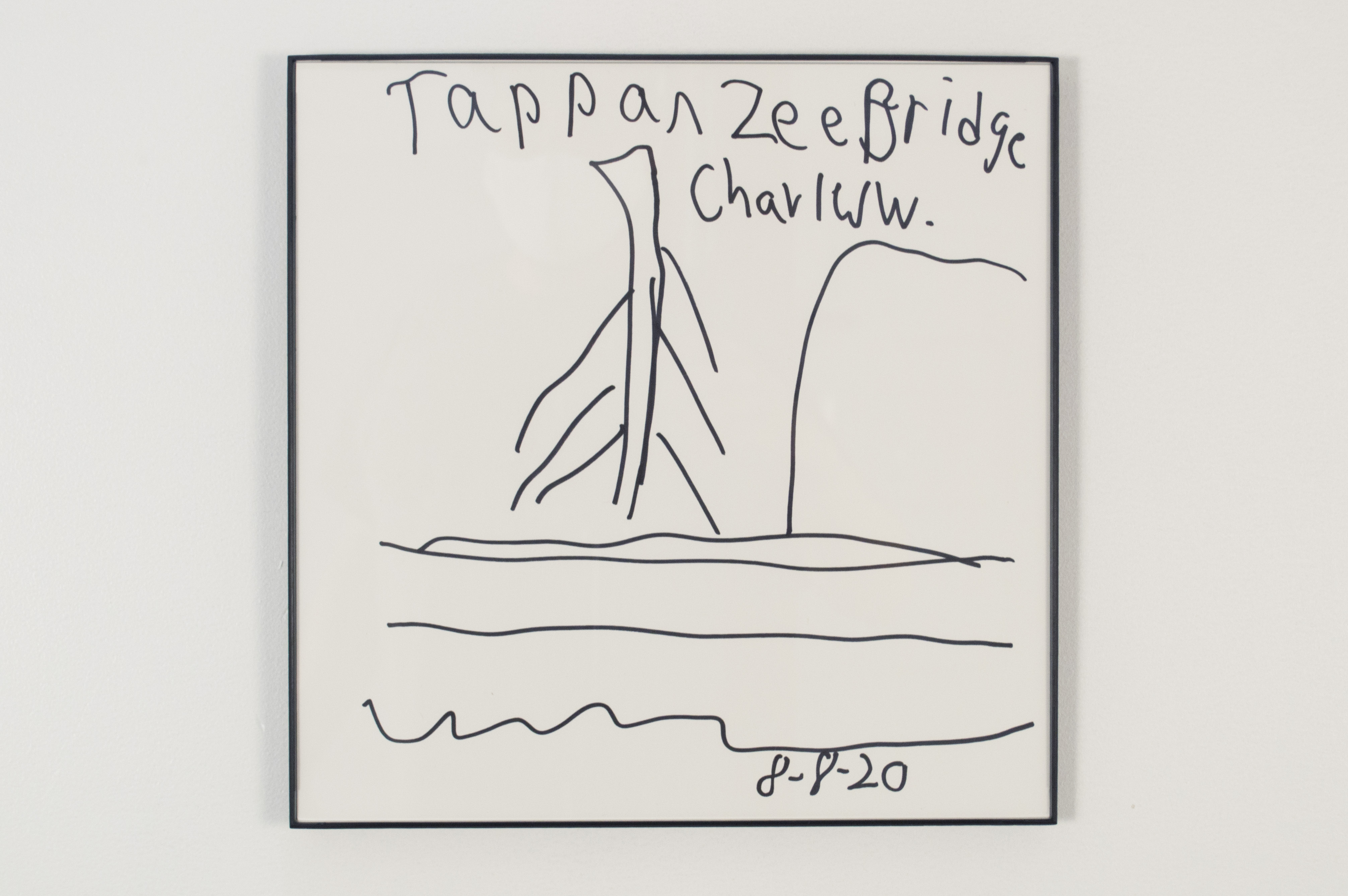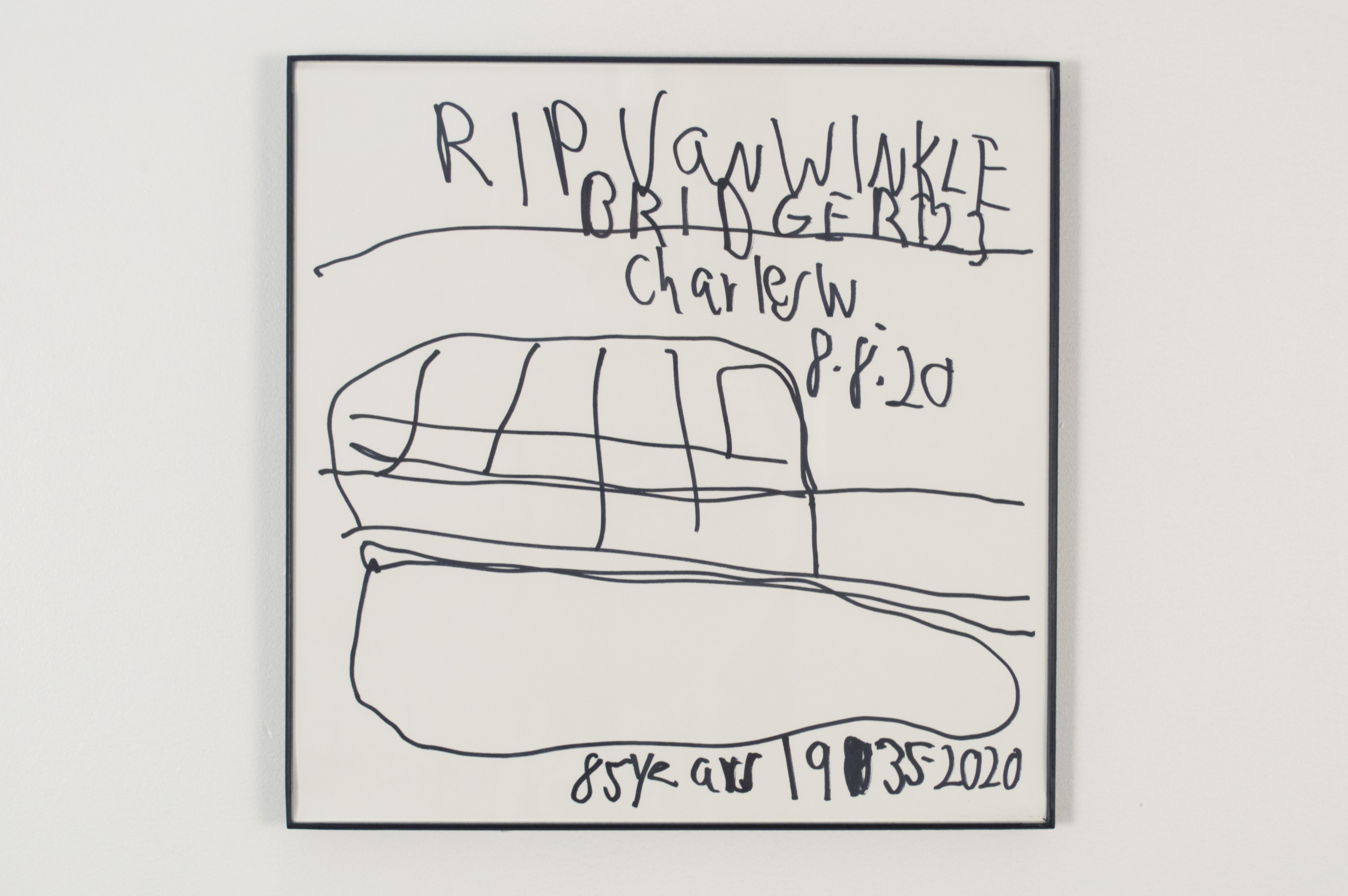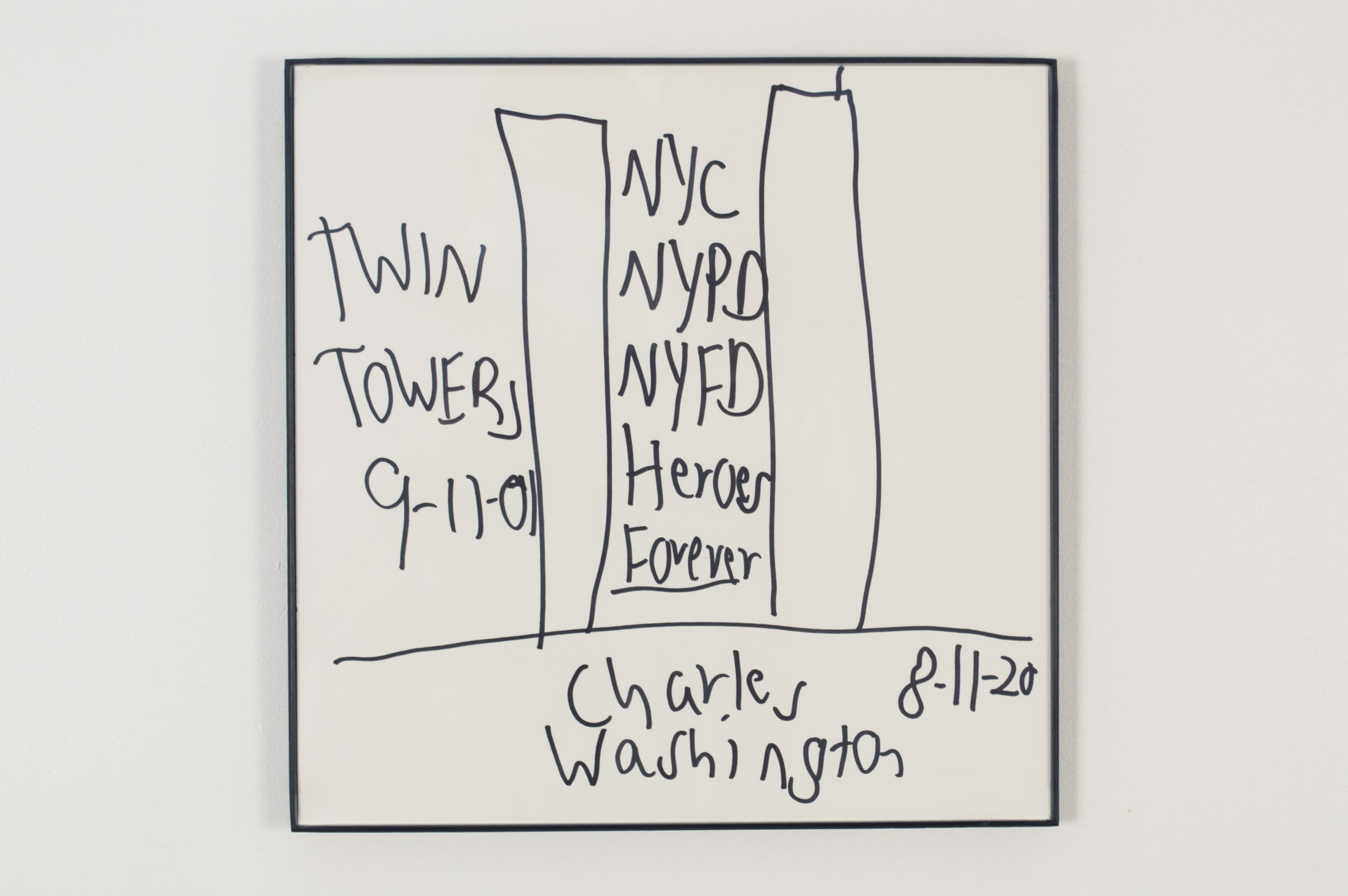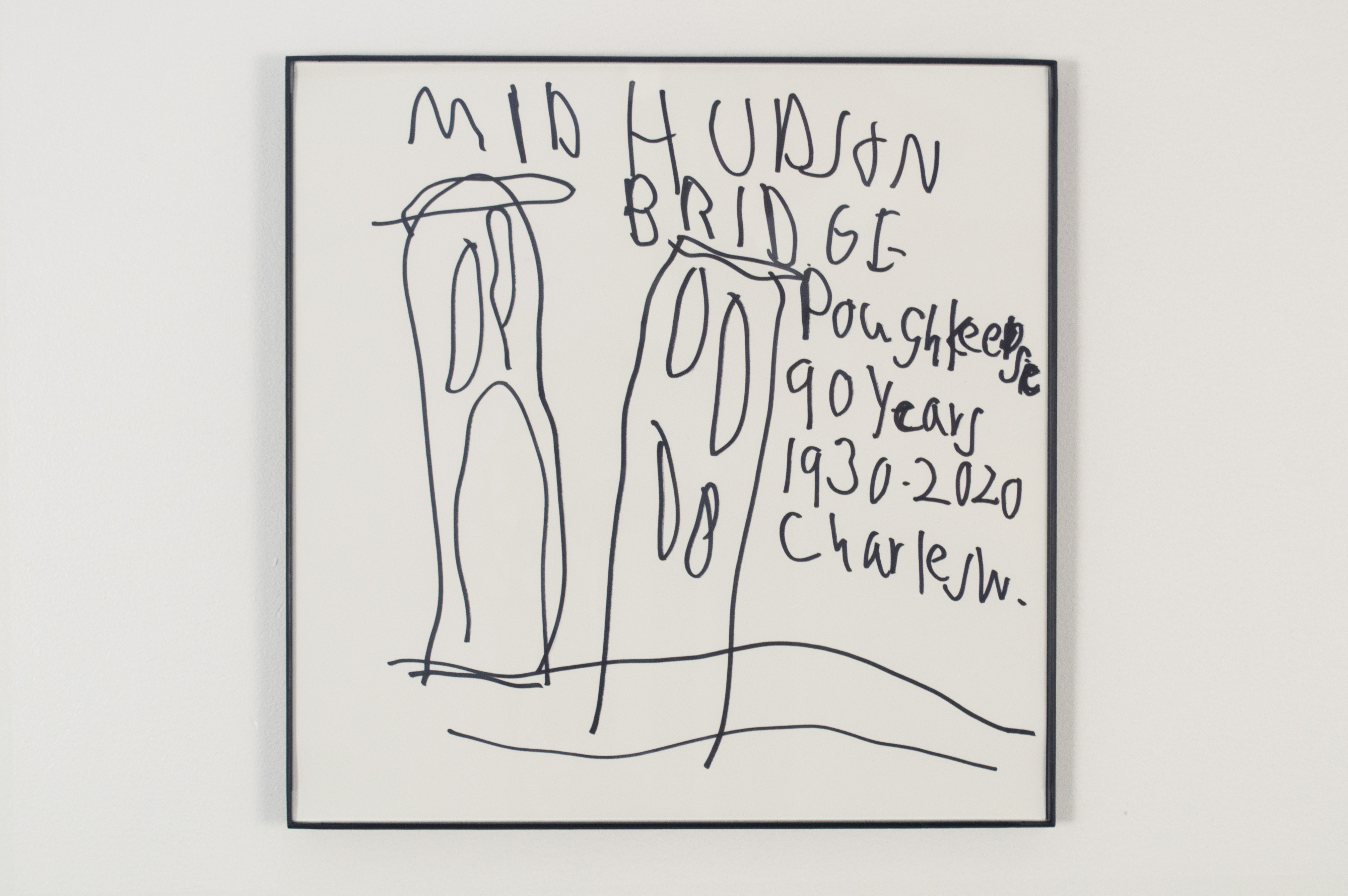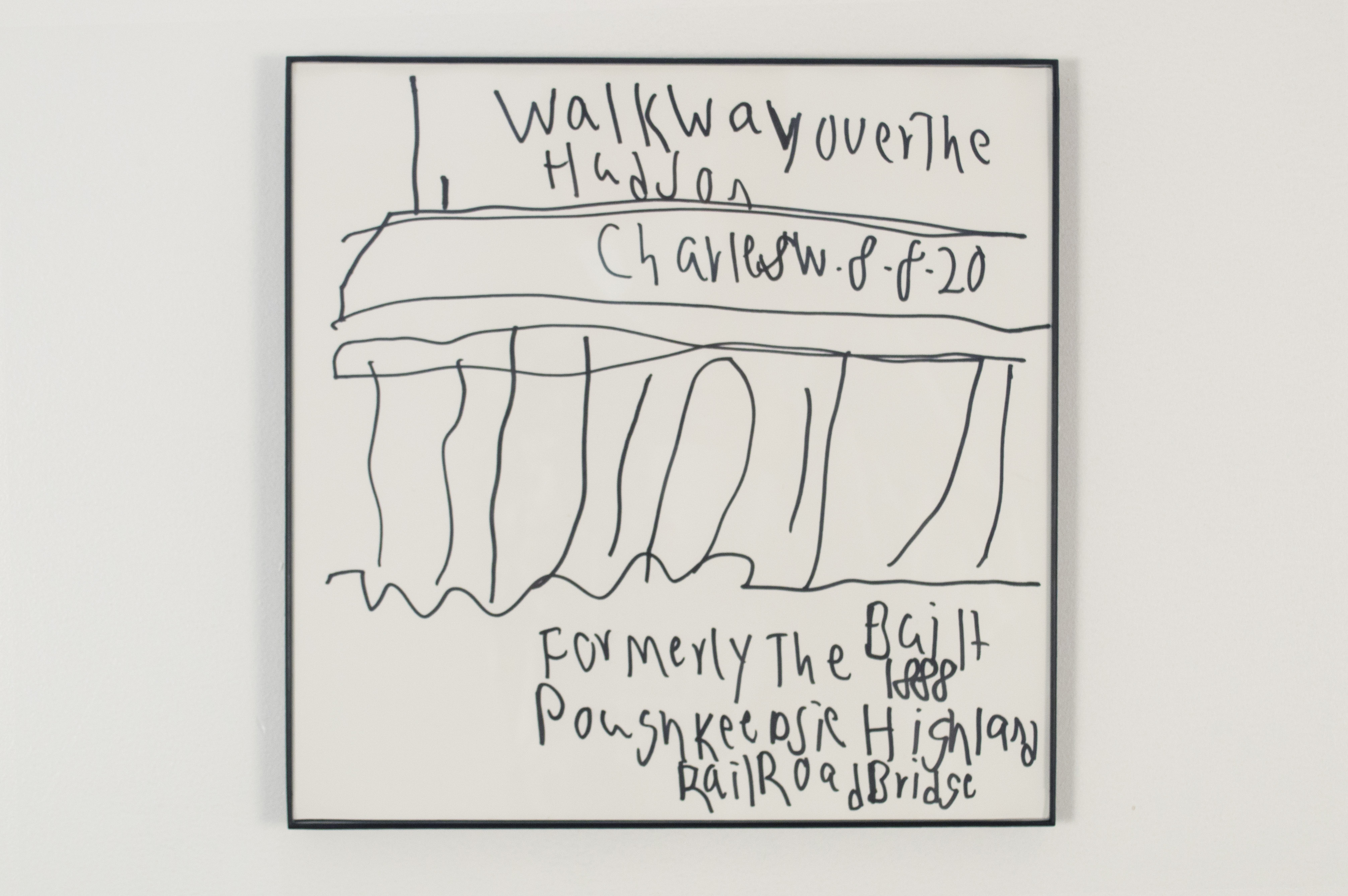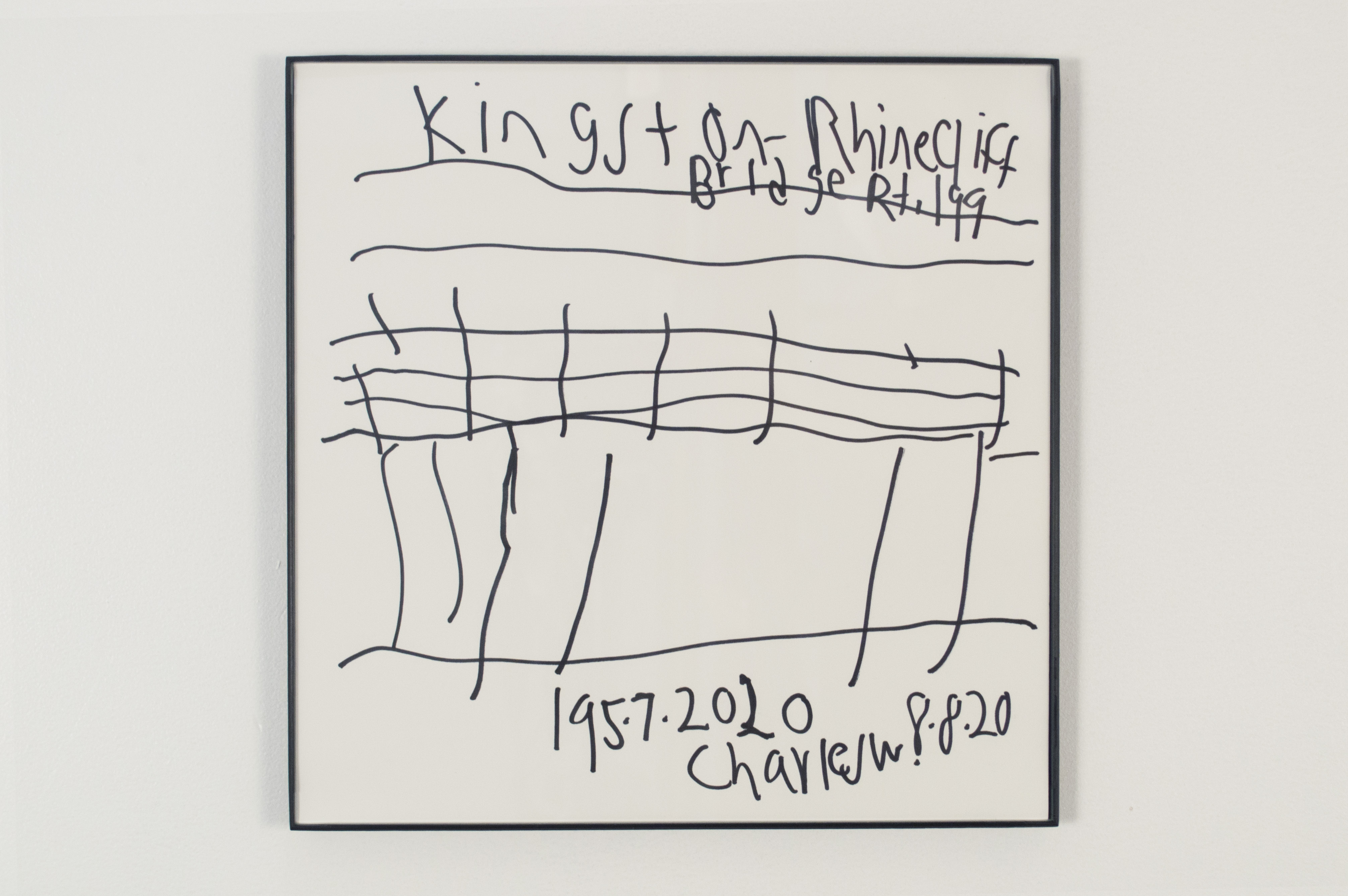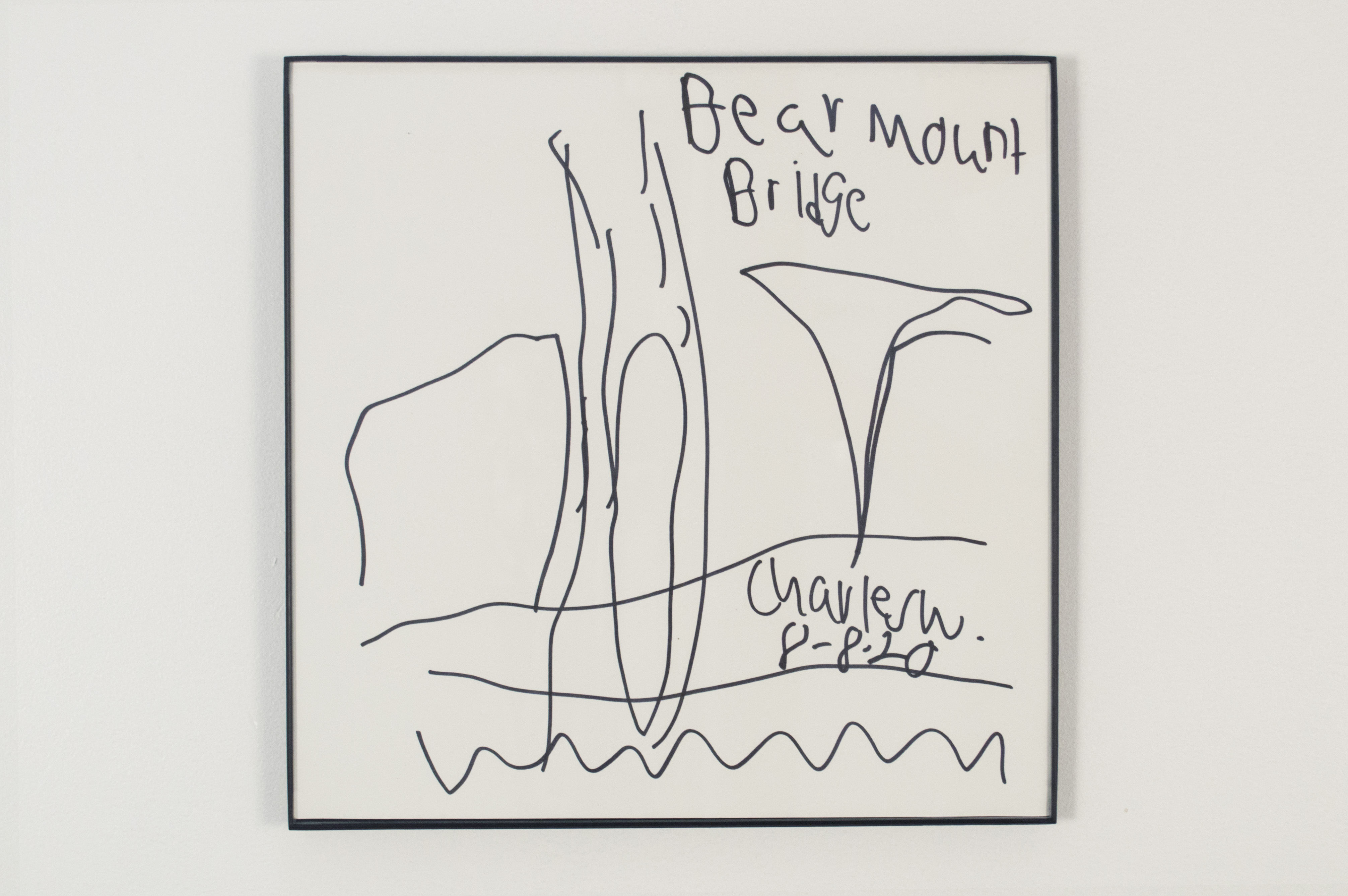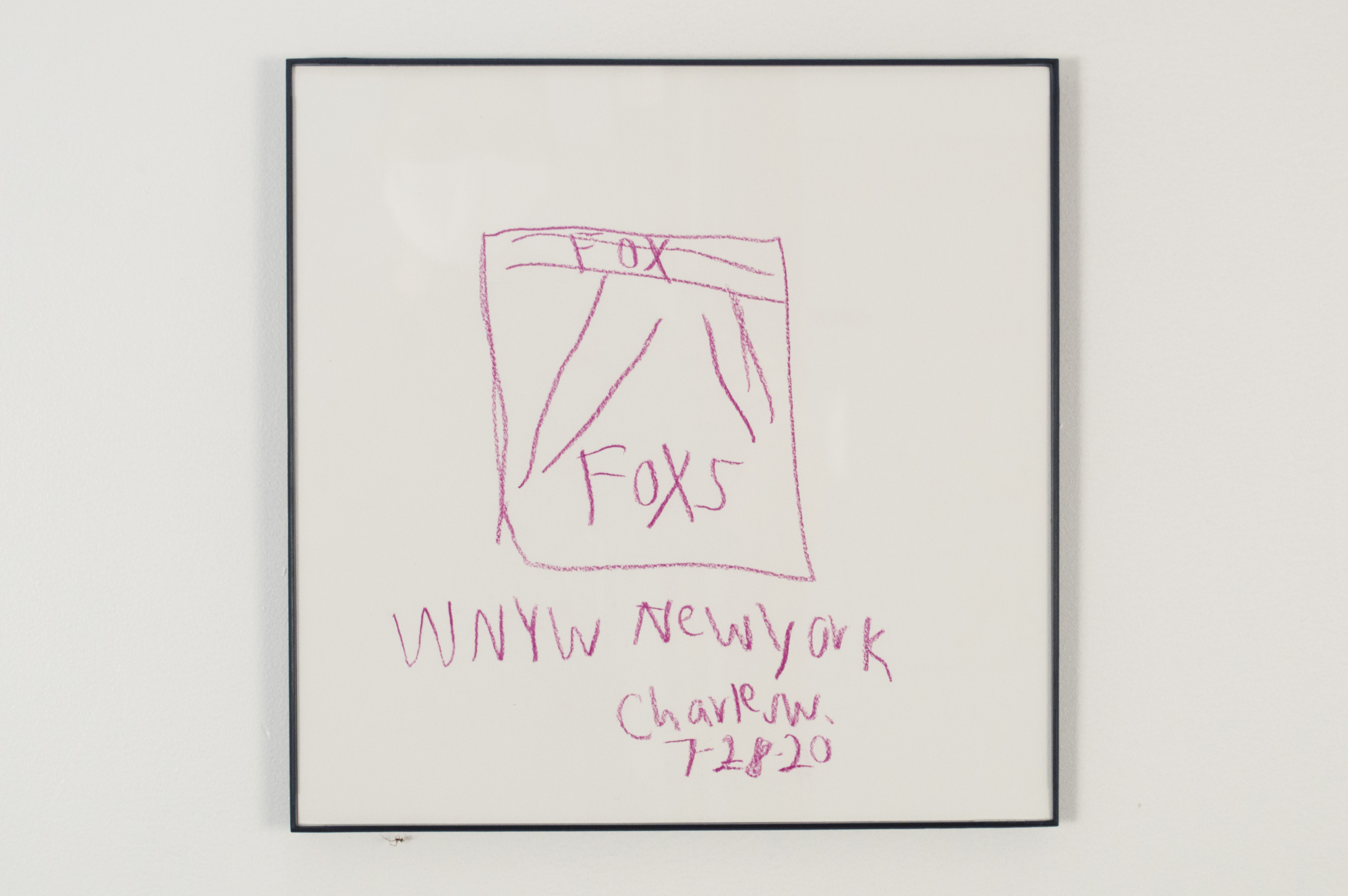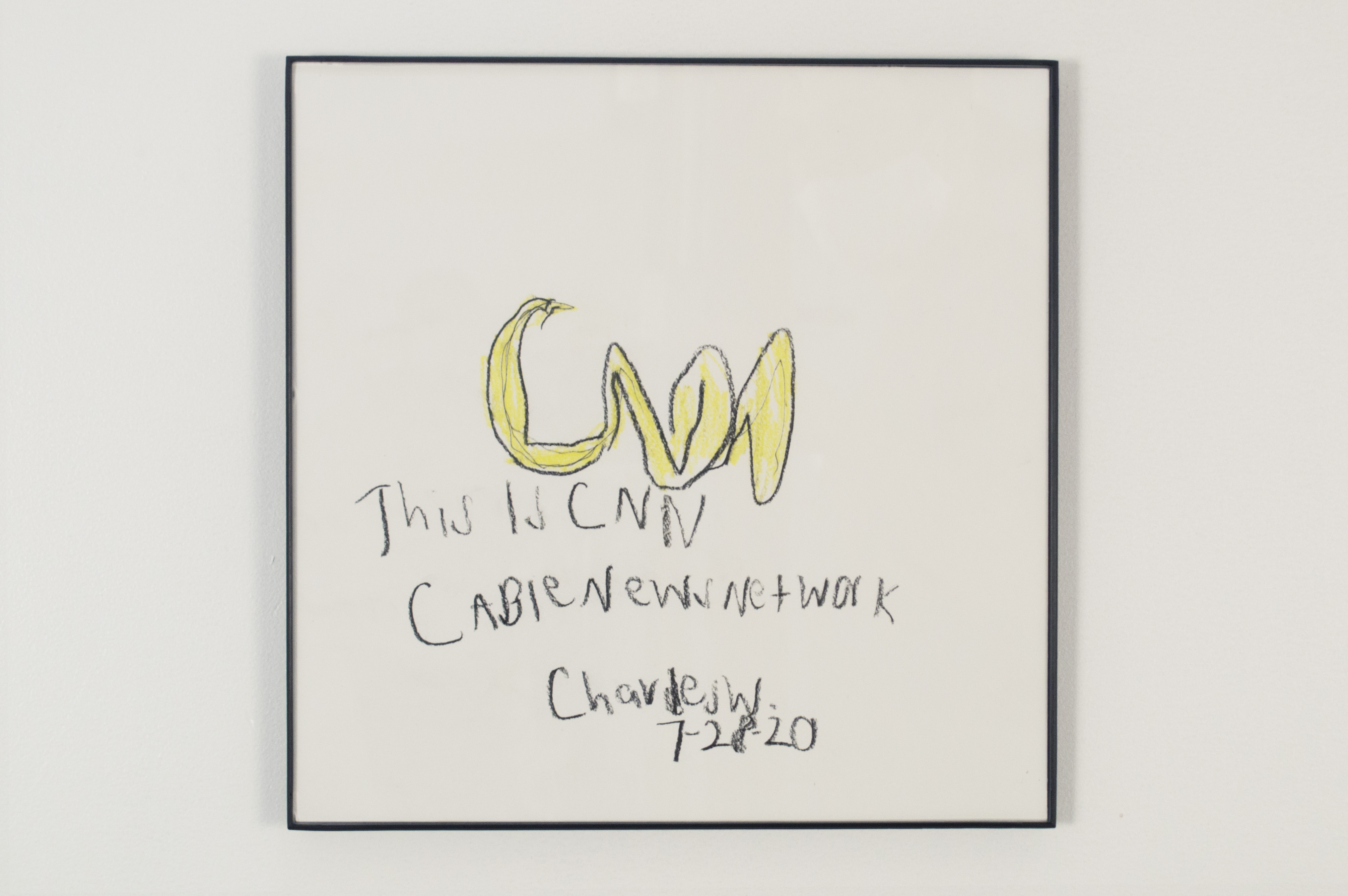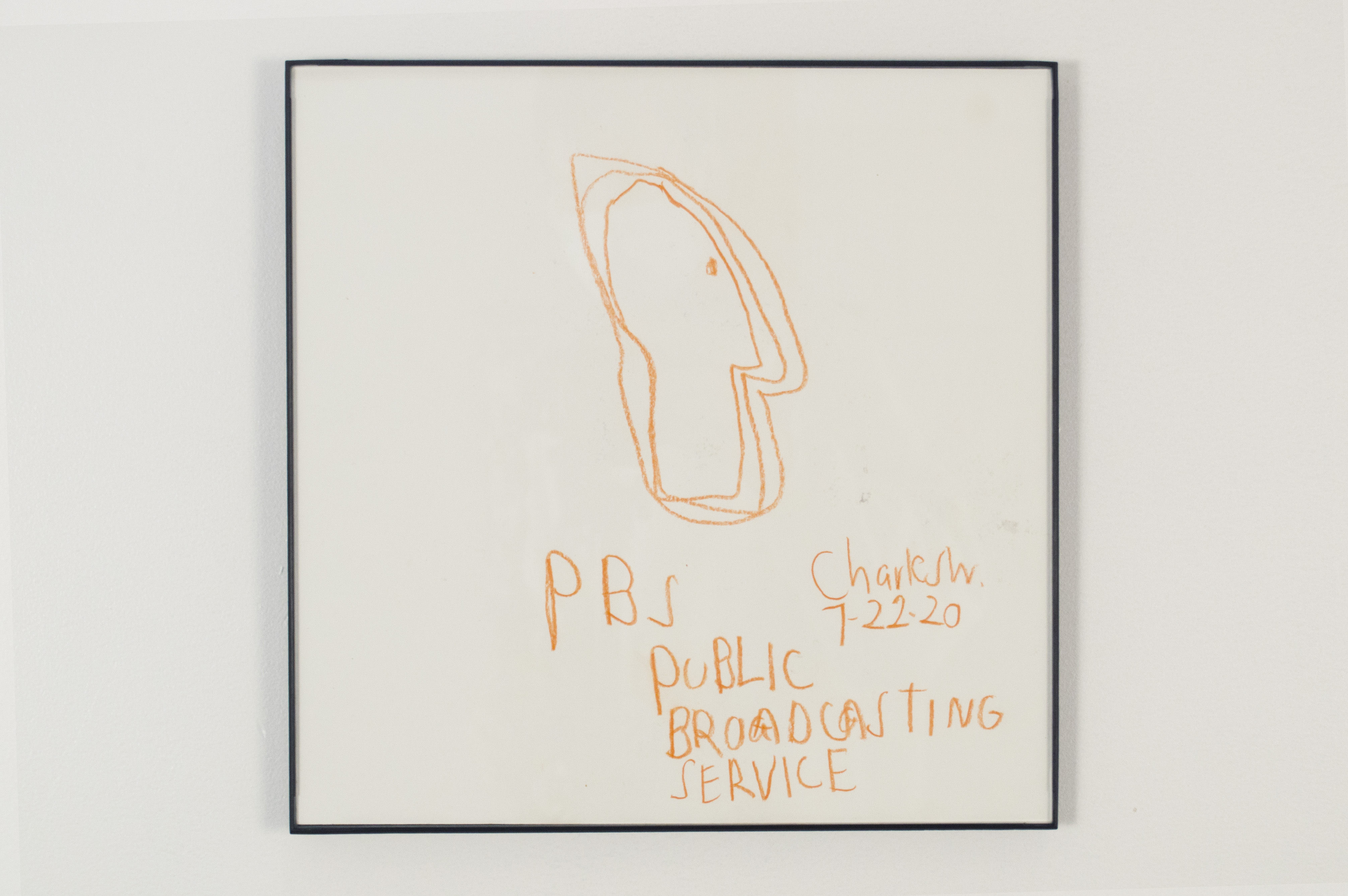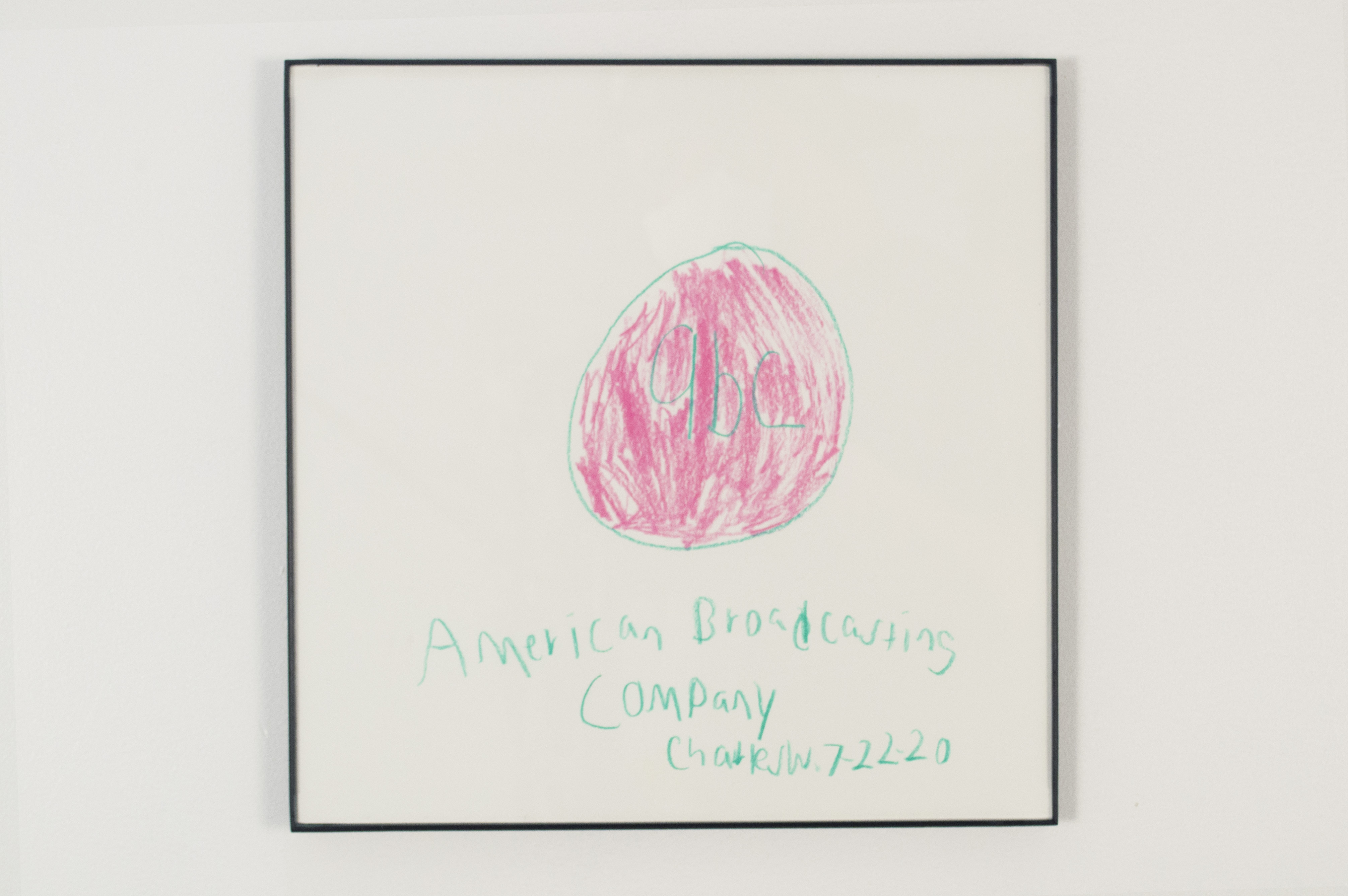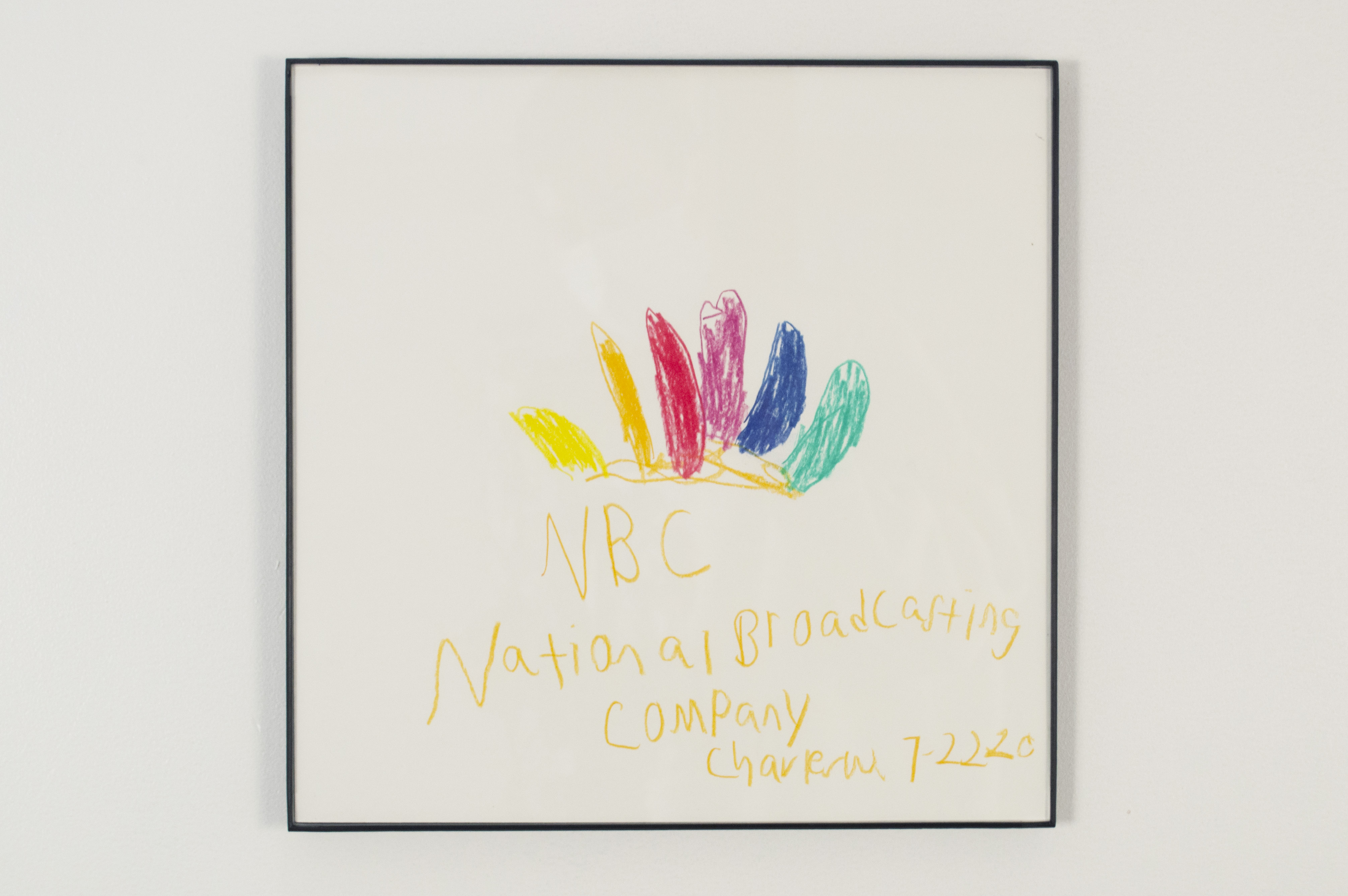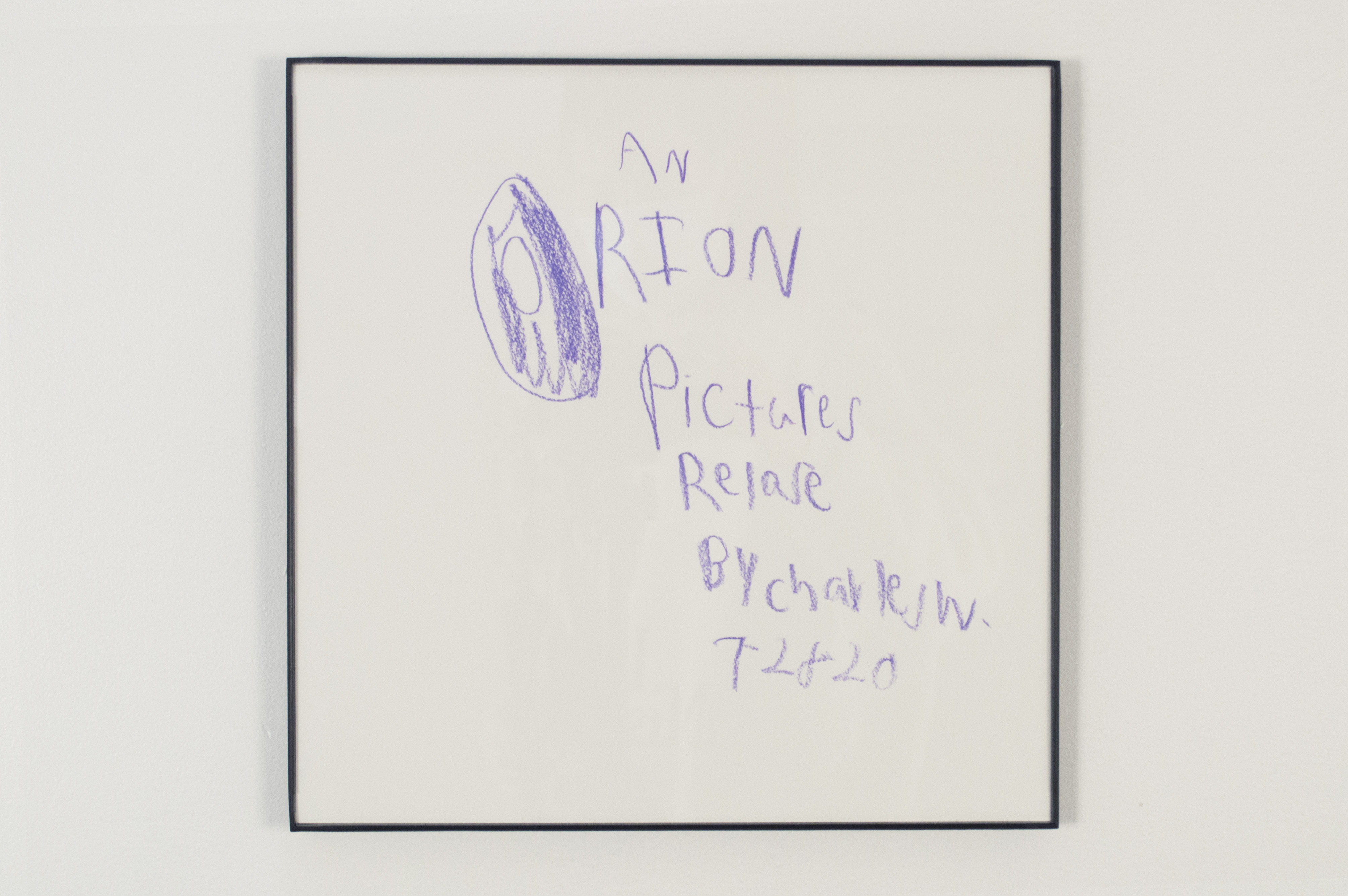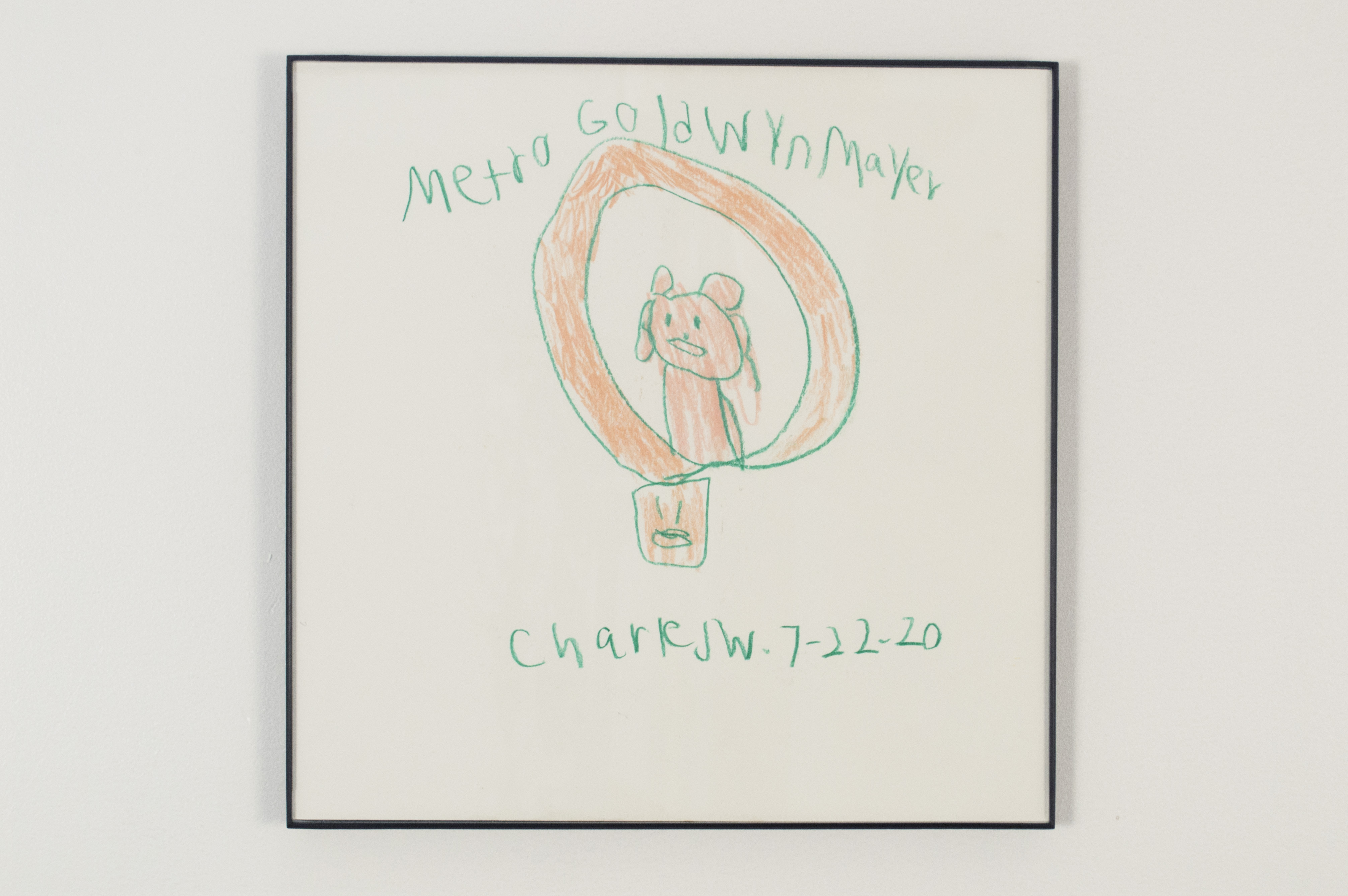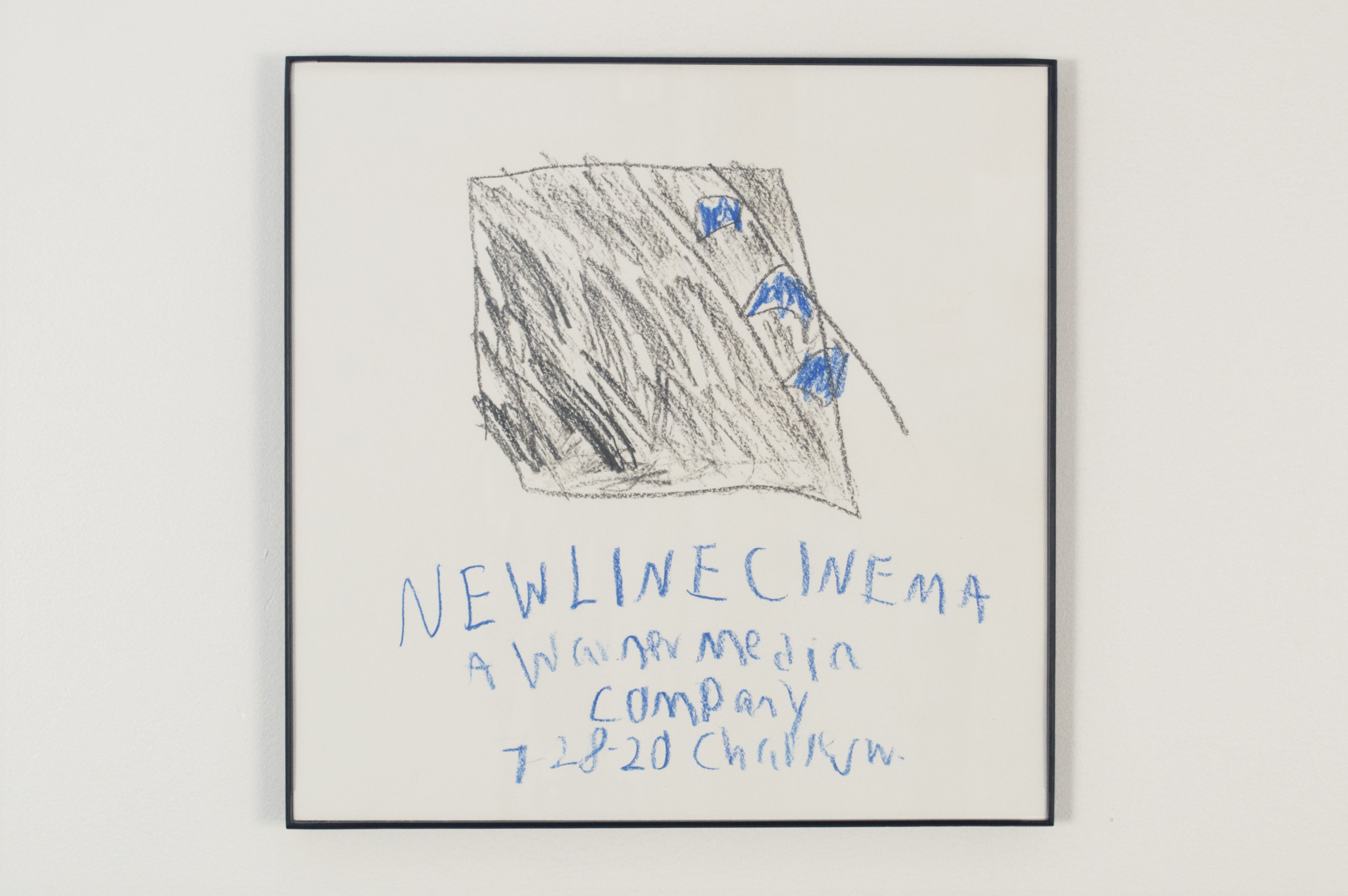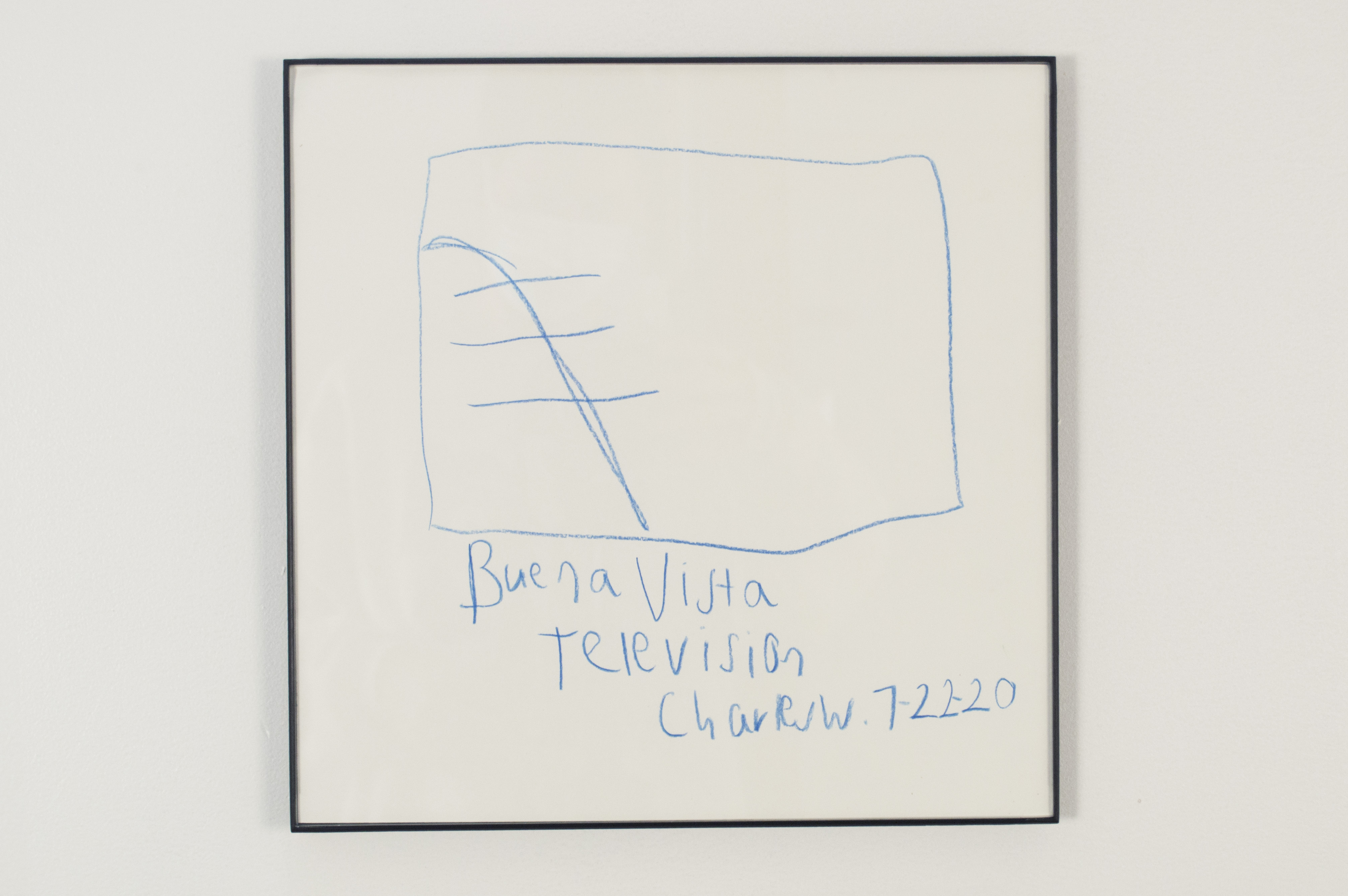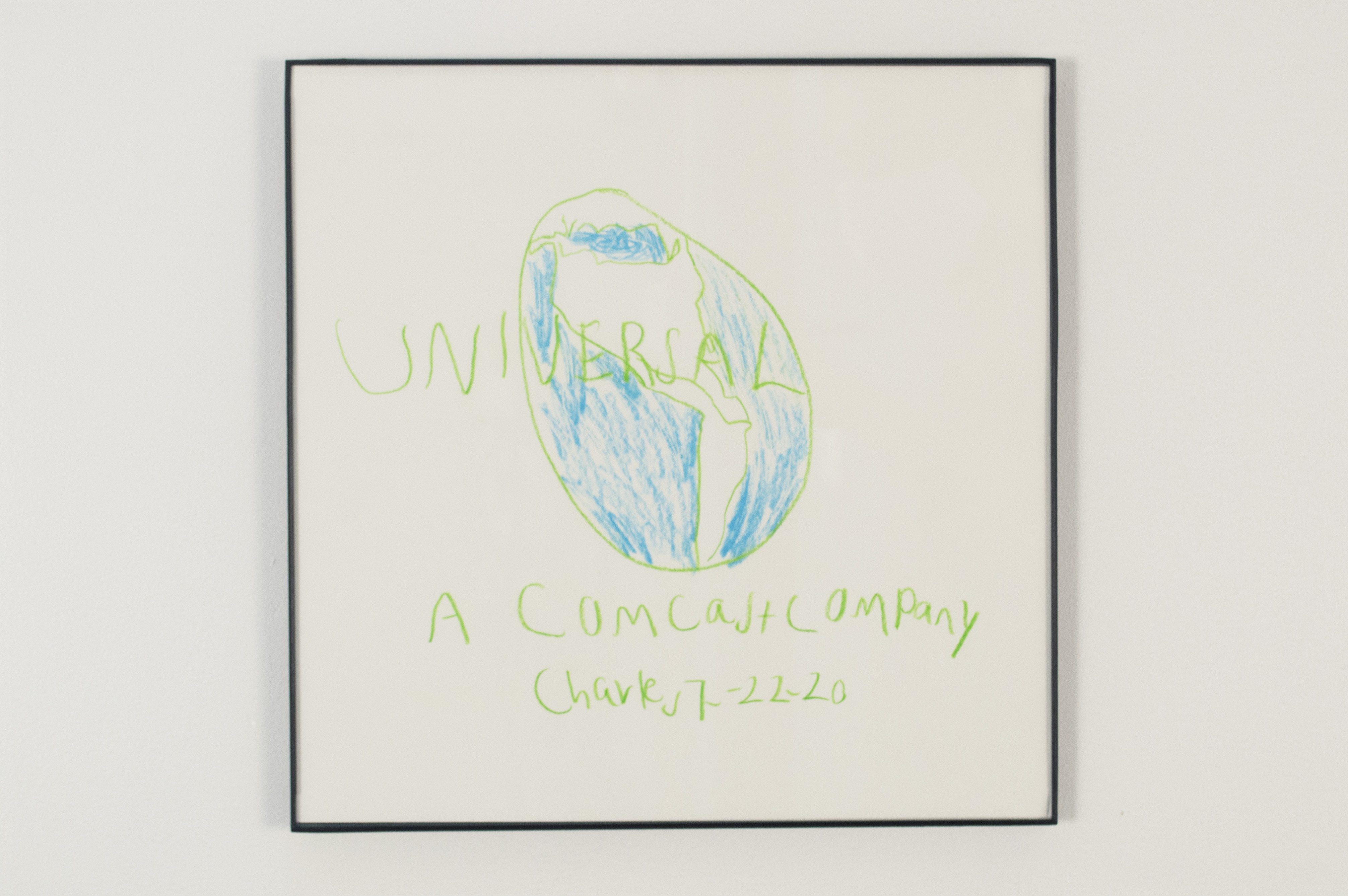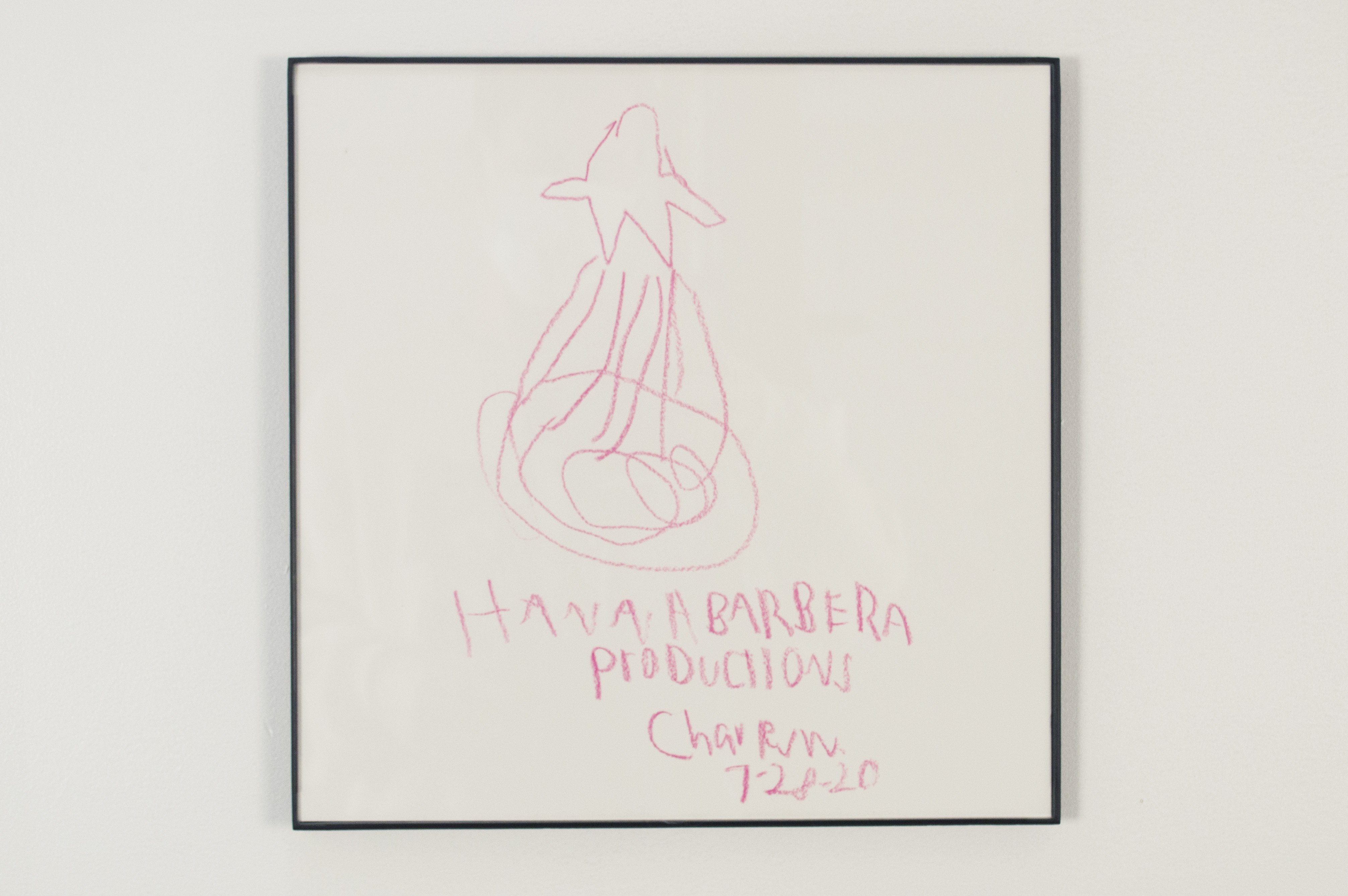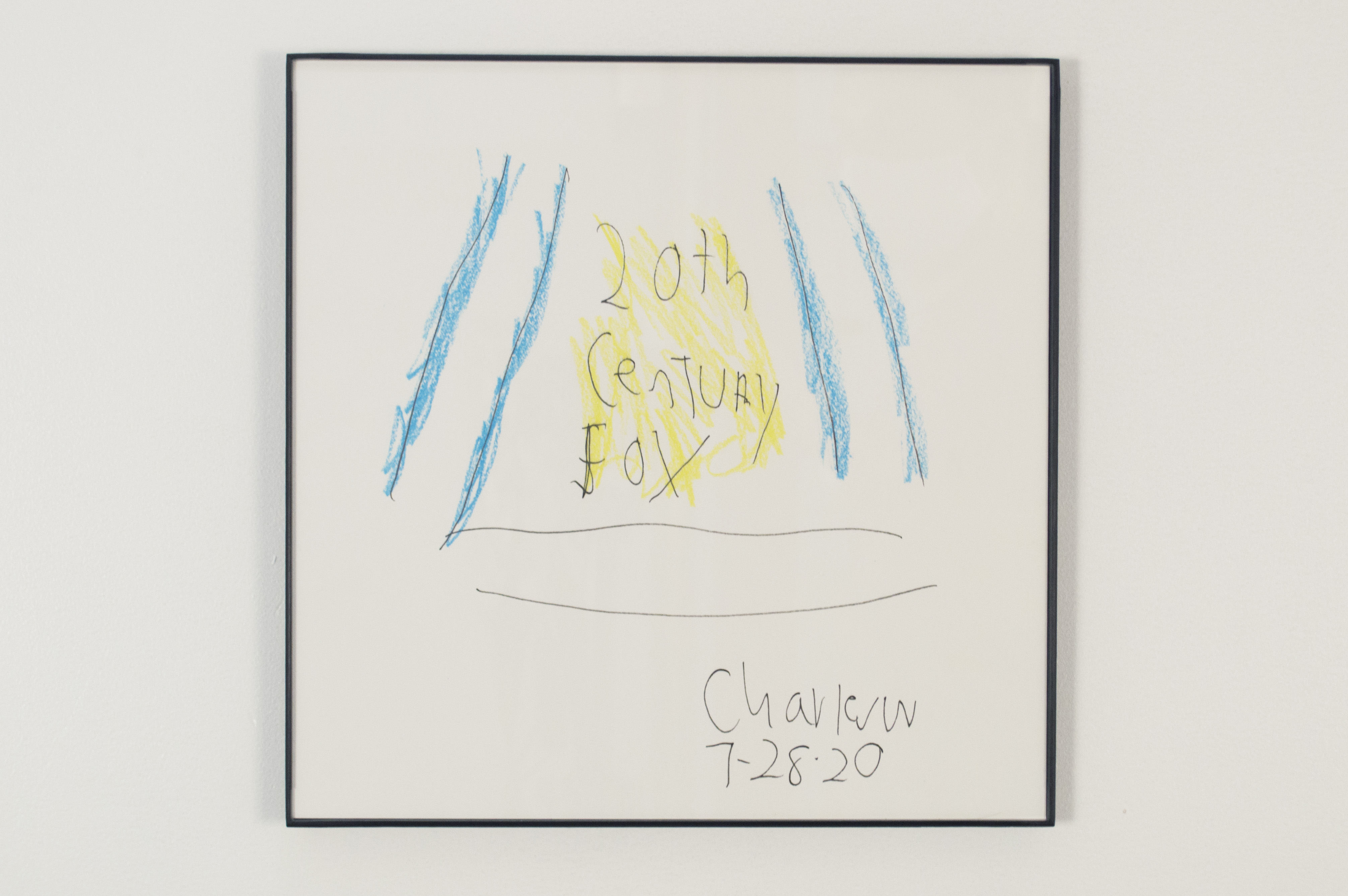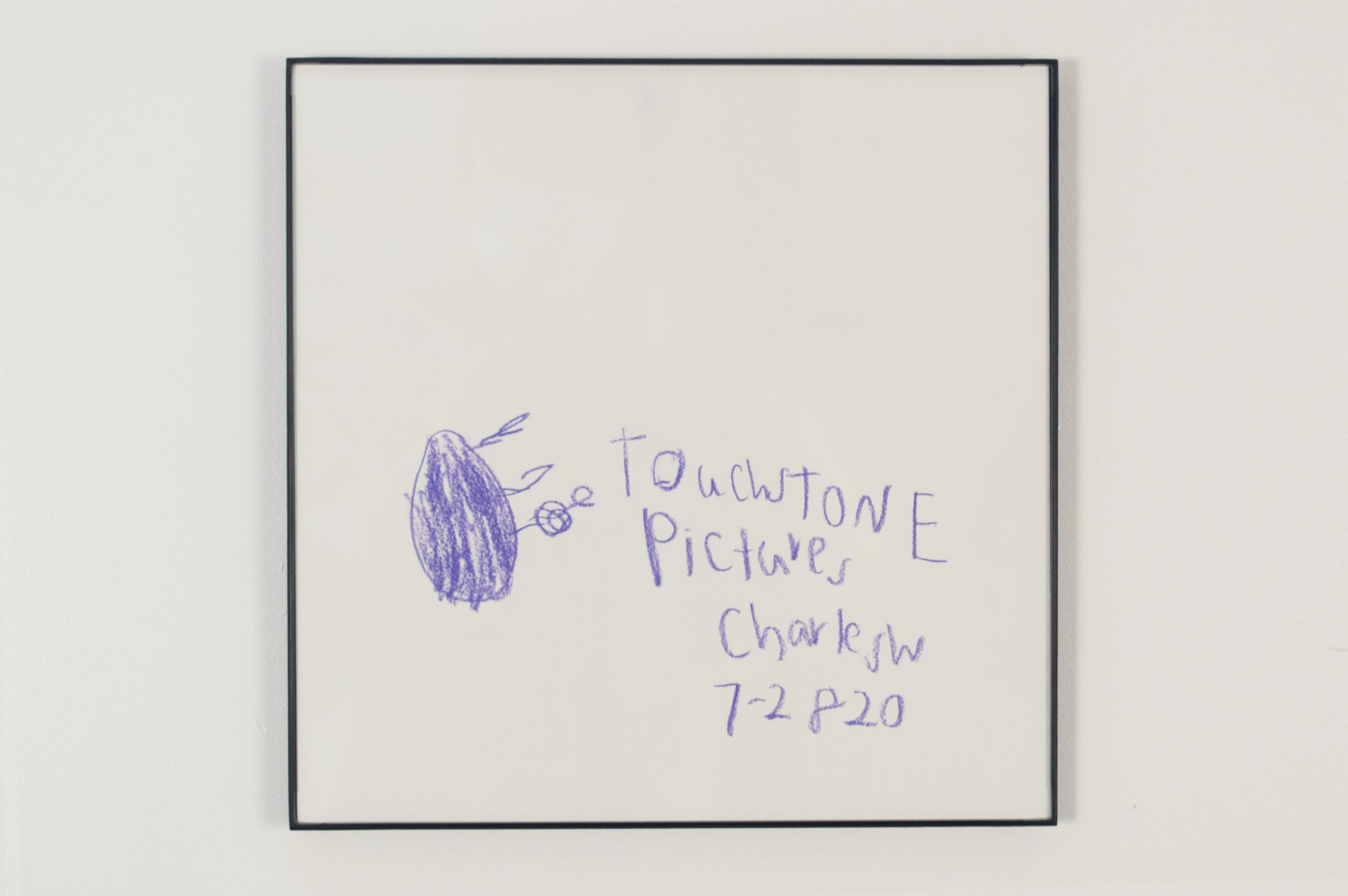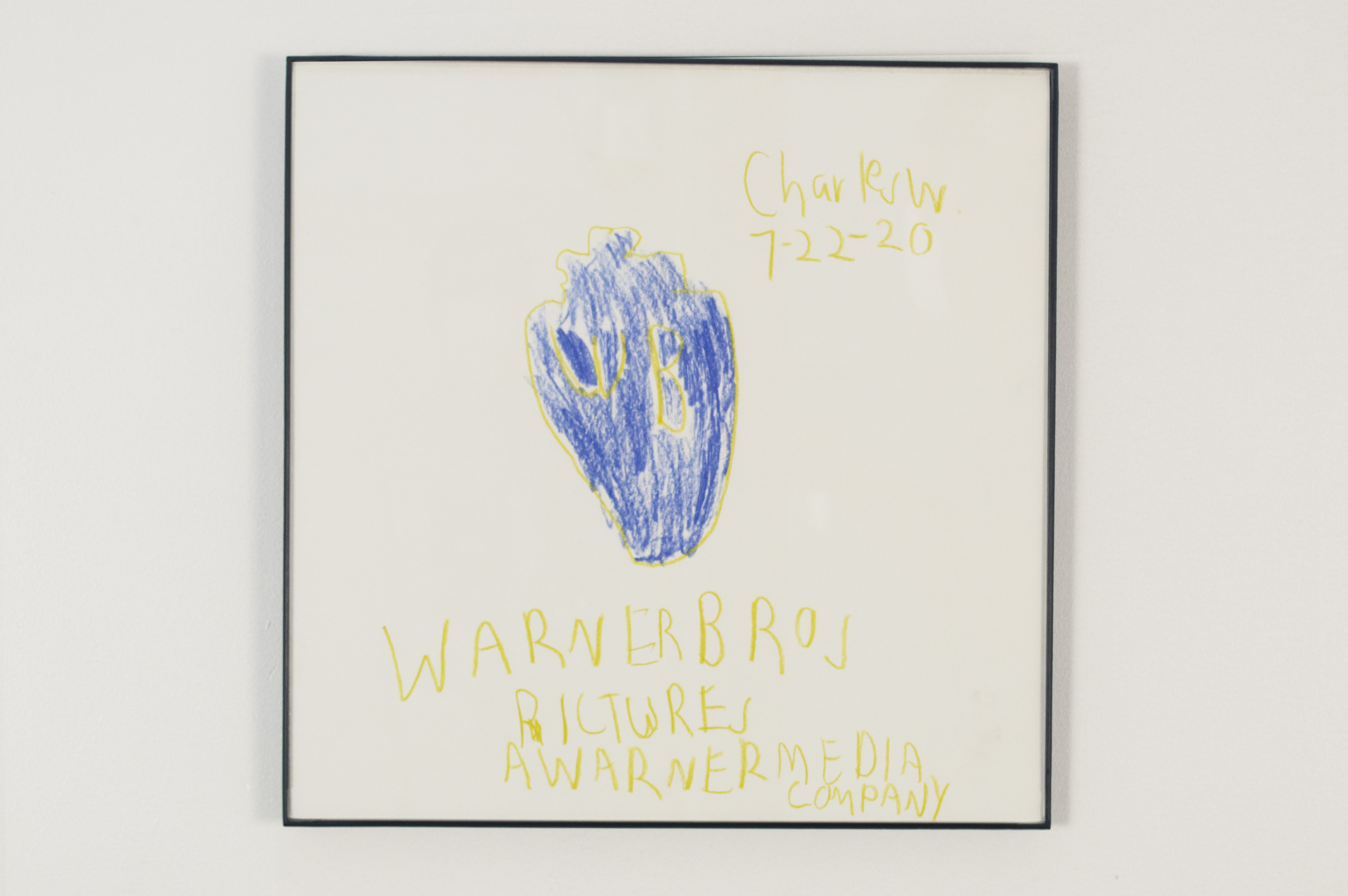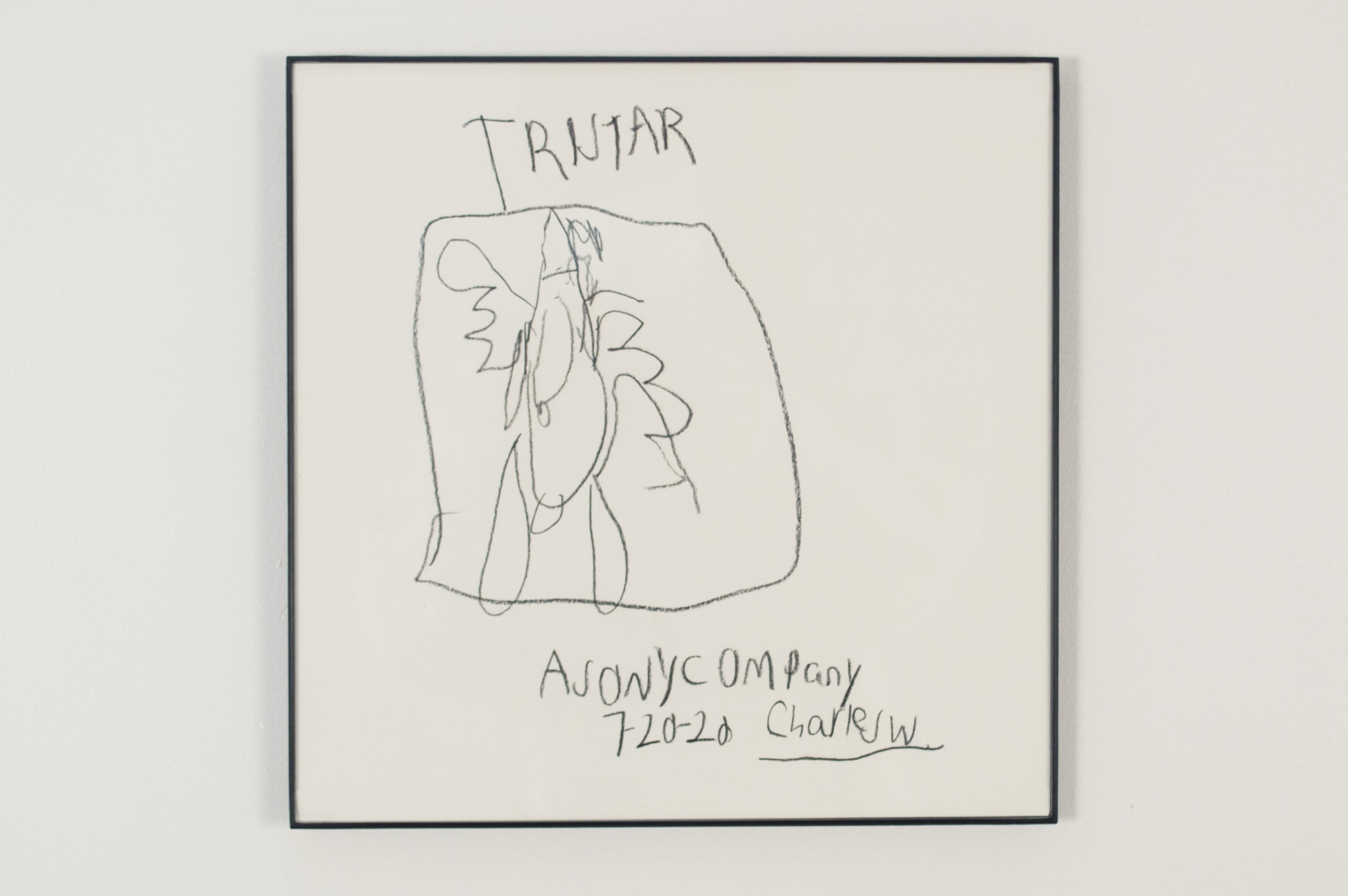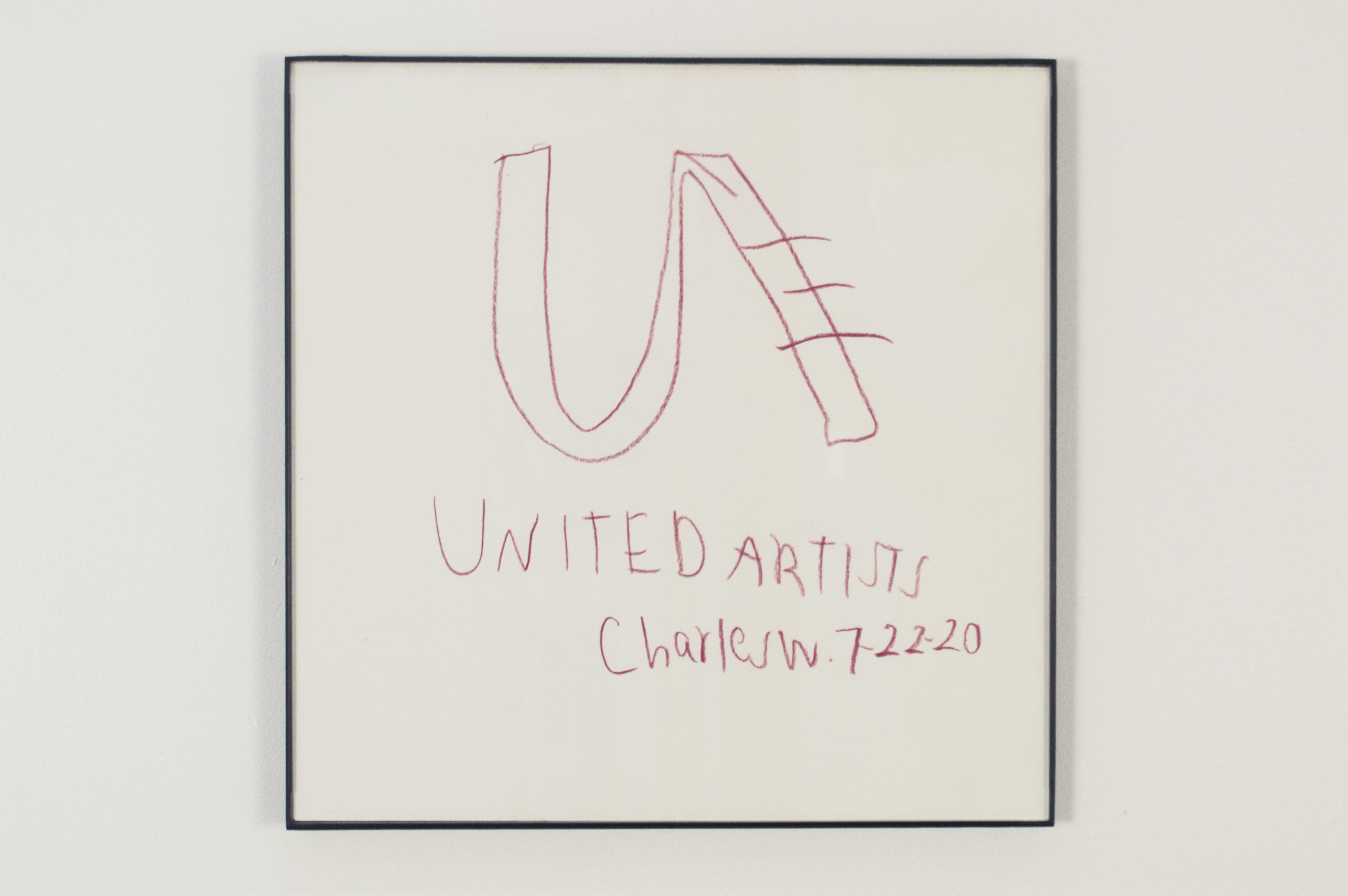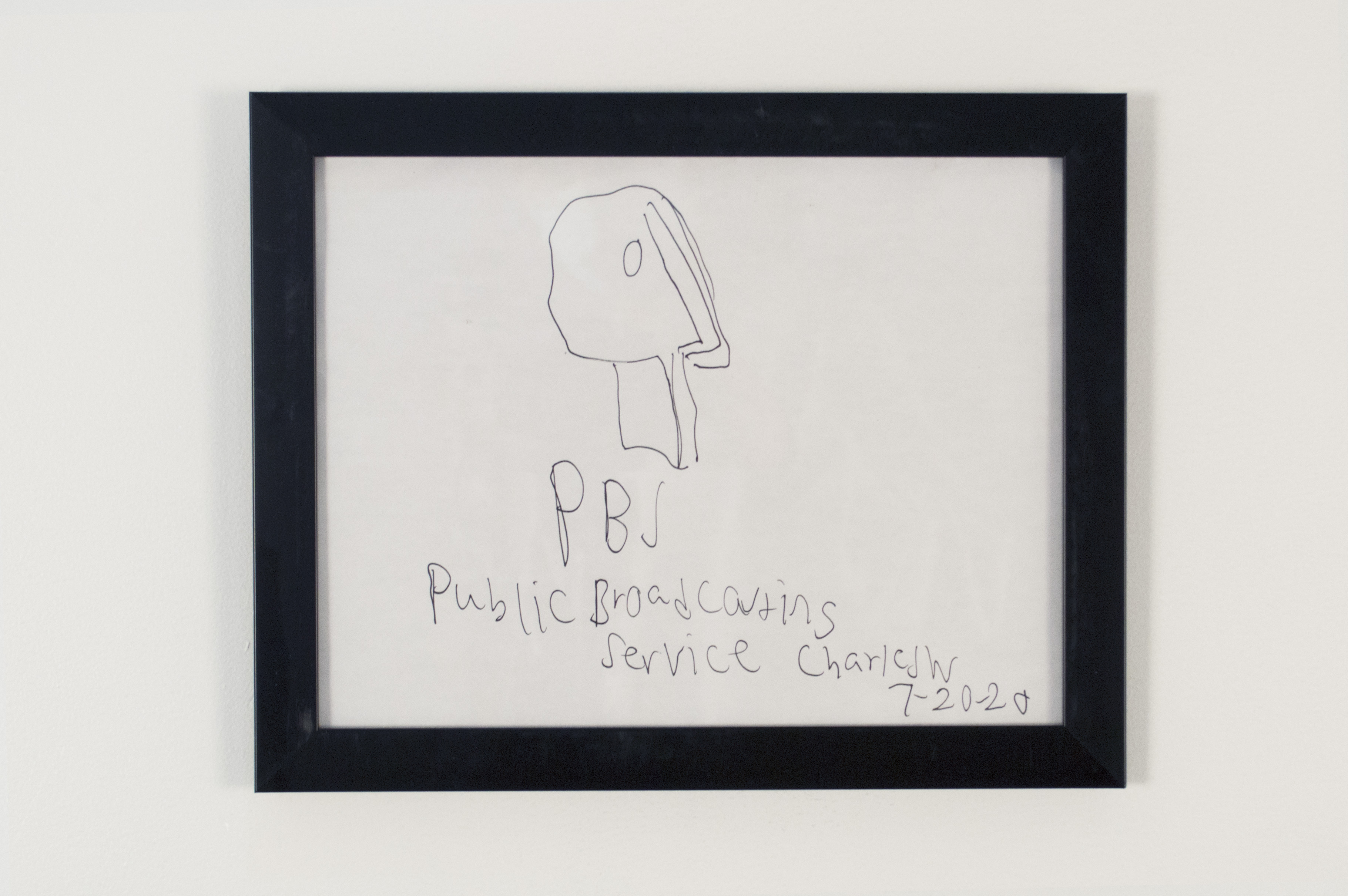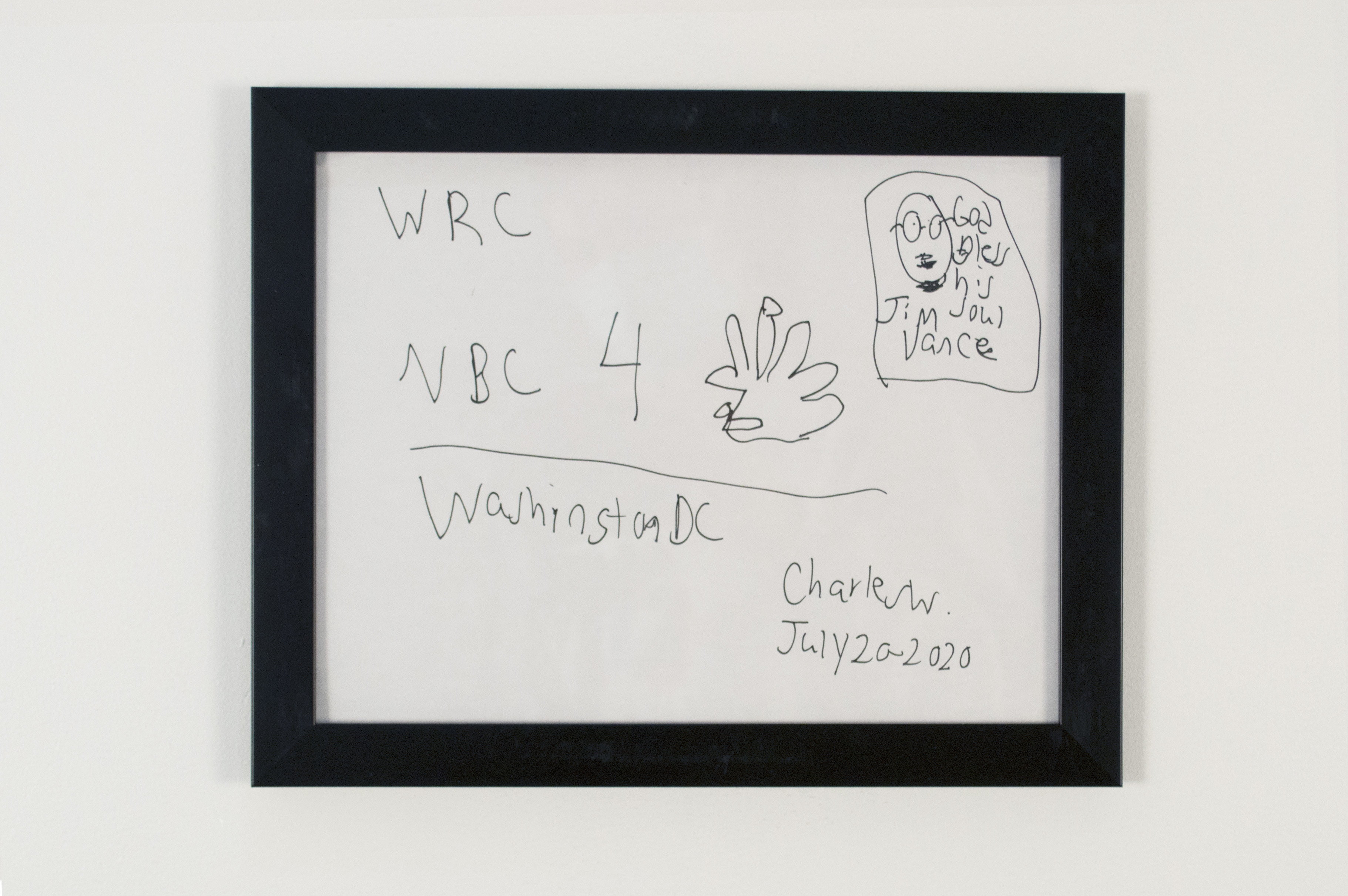Entertainment and History
August 21, 2020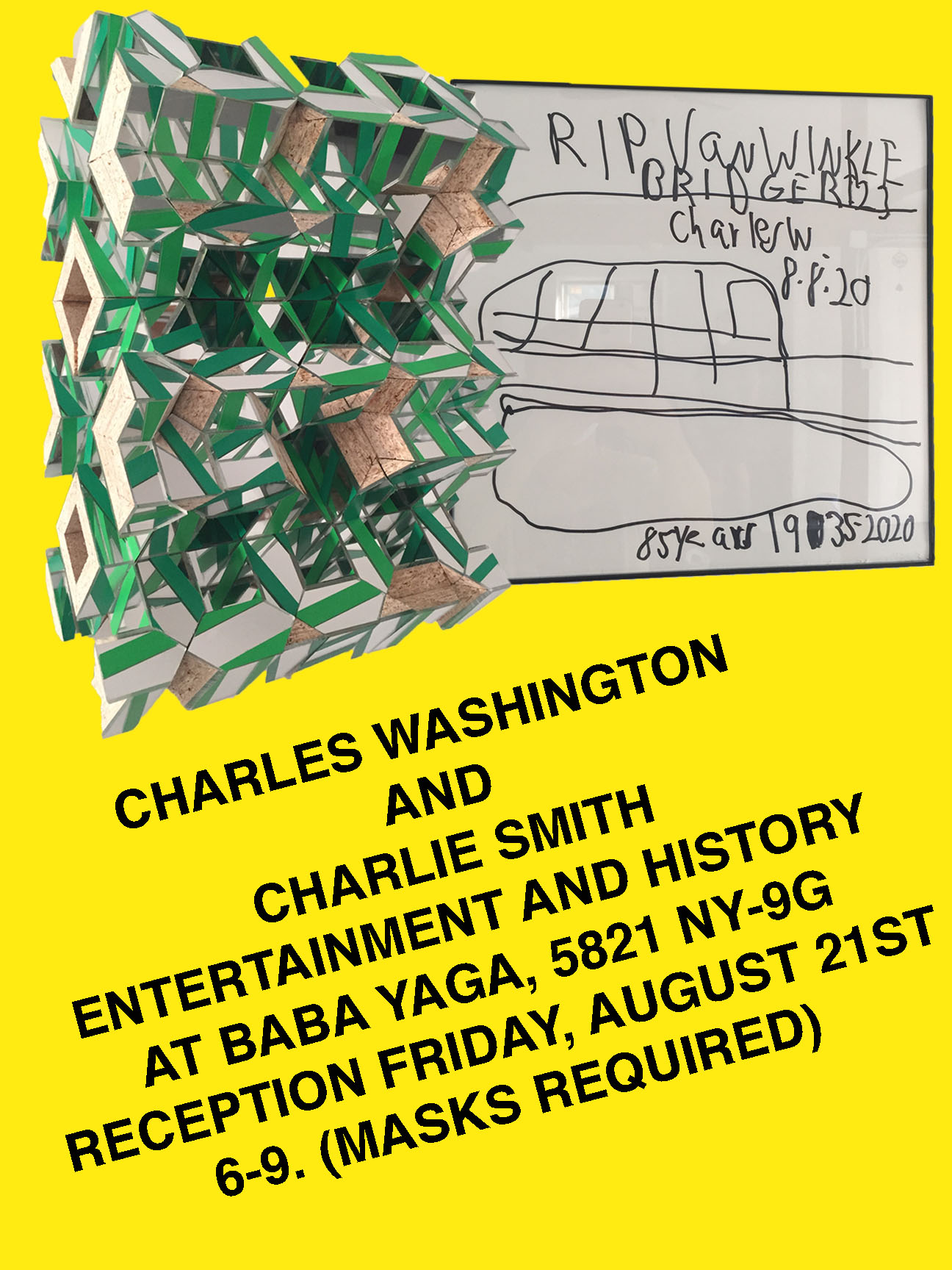
Charles Washington and Charlie Smith
Entertainment and History
Charles Washington and Charlie Smith are both artists living and working in Hudson, NY.
Charles is well known in Hudson for his drawings. Characterized by his interest in contemporary media and by his unmistakable sense of humor, his drawings have a linguistic quality and can be read as well as seen. Occasionally a portraitist, he usually works within a theme, quickly building exhaustive bodies of work on a given topic. This show includes a new group of drawings in ink on paper of Bridges in New York, including the Rip Van-Winkle Bridge, which connects Columbia County with Greene County, with one drawing in this series commemorating the Twin Towers. Charles is also showing a series in one of his signature themes - entertainment logos. These logos, though only seen briefly before a film or TV show, are familiar. We see these liminal images in the moments before a program begins, usually accompanied by a sound logo. Here, in a Warholian maneuver (it's worth mentioning that Charles is a DJ,) Charles samples the logo making it the focus of his work, shifting our attention from the content of the film or TV show to what the second artist in this show, Charlie Smith, calls the "envelope."
Charlie, in a different way, deals with the envelope in his work, looking to the materials themselves to guide his process. Synthesizing traditional craftsmanship with experimentation, Charlie has developed an idiosyncratic art practice that, taken as a whole, constitutes a kind of self-generating universe. He makes his work within a strictly defined set of materials and processes, such as limiting his paint palette only to shades of green. The work on view here are a series of wall-mounted sculptures that, while clearly defined by their limited materials (plexiglass, acrylic paint, MDF,) are left radically open. He leaves much of the area beneath the surface of his works visible. A sleek, finish-fetish aesthetic gives way to MDF and chipboard. The band-saw cuts on the plexiglass and wood can be seen, glue bubbles out of seams where pieces of material have been joined, cross-sectioned. These works present a kind of synthetic cubism to the viewer, ecstatically deconstructing themselves and everything they reflect.
